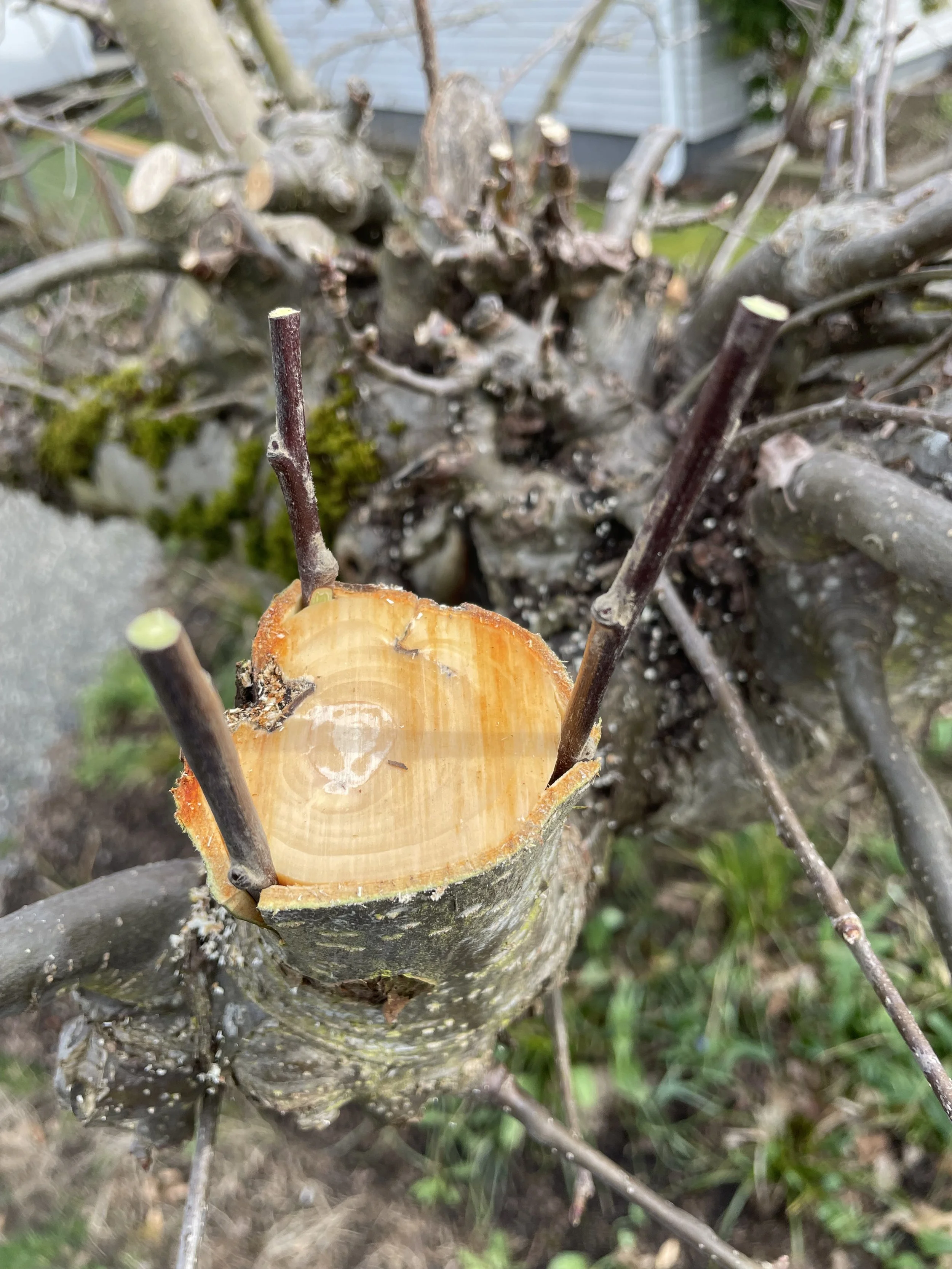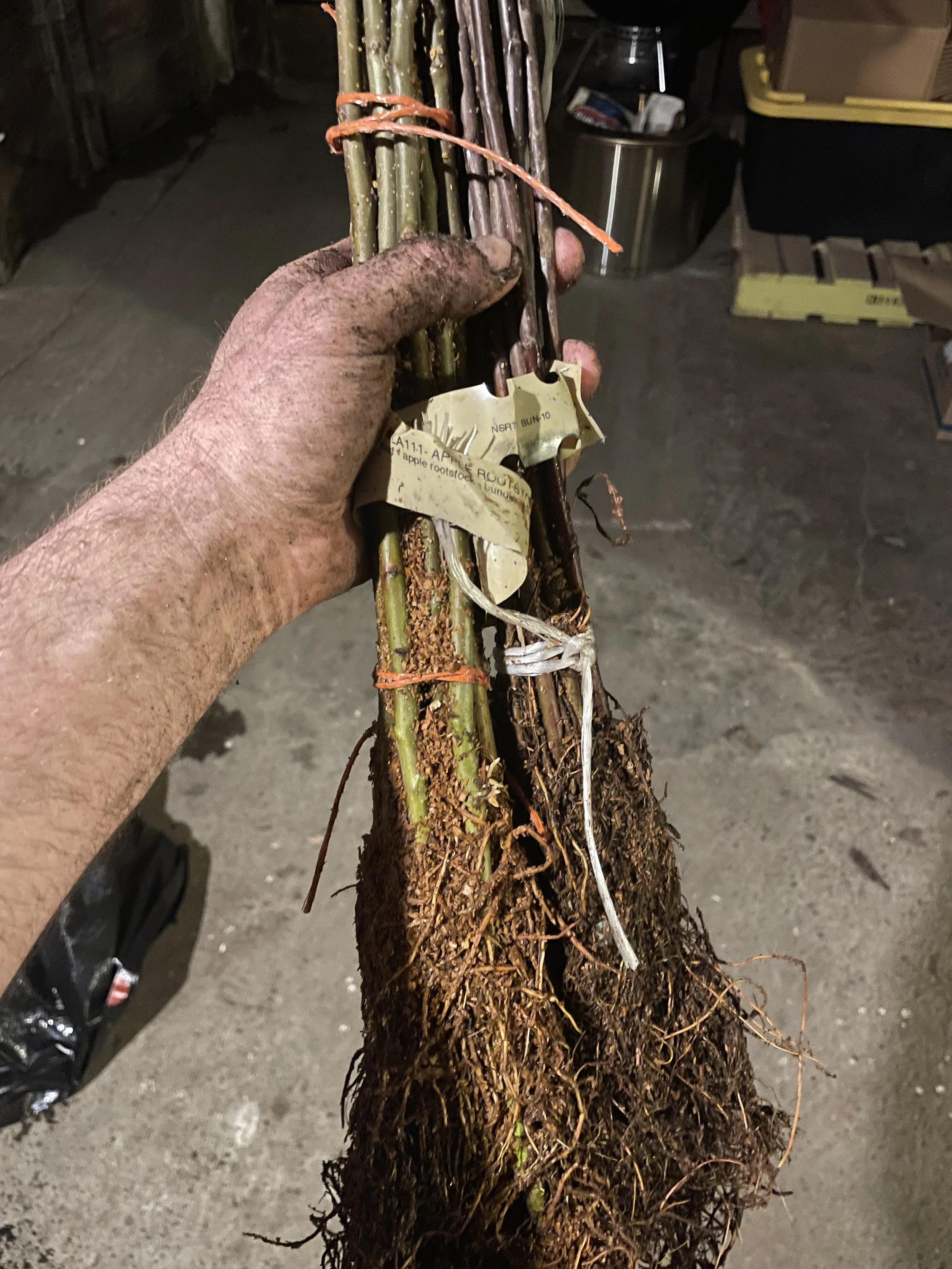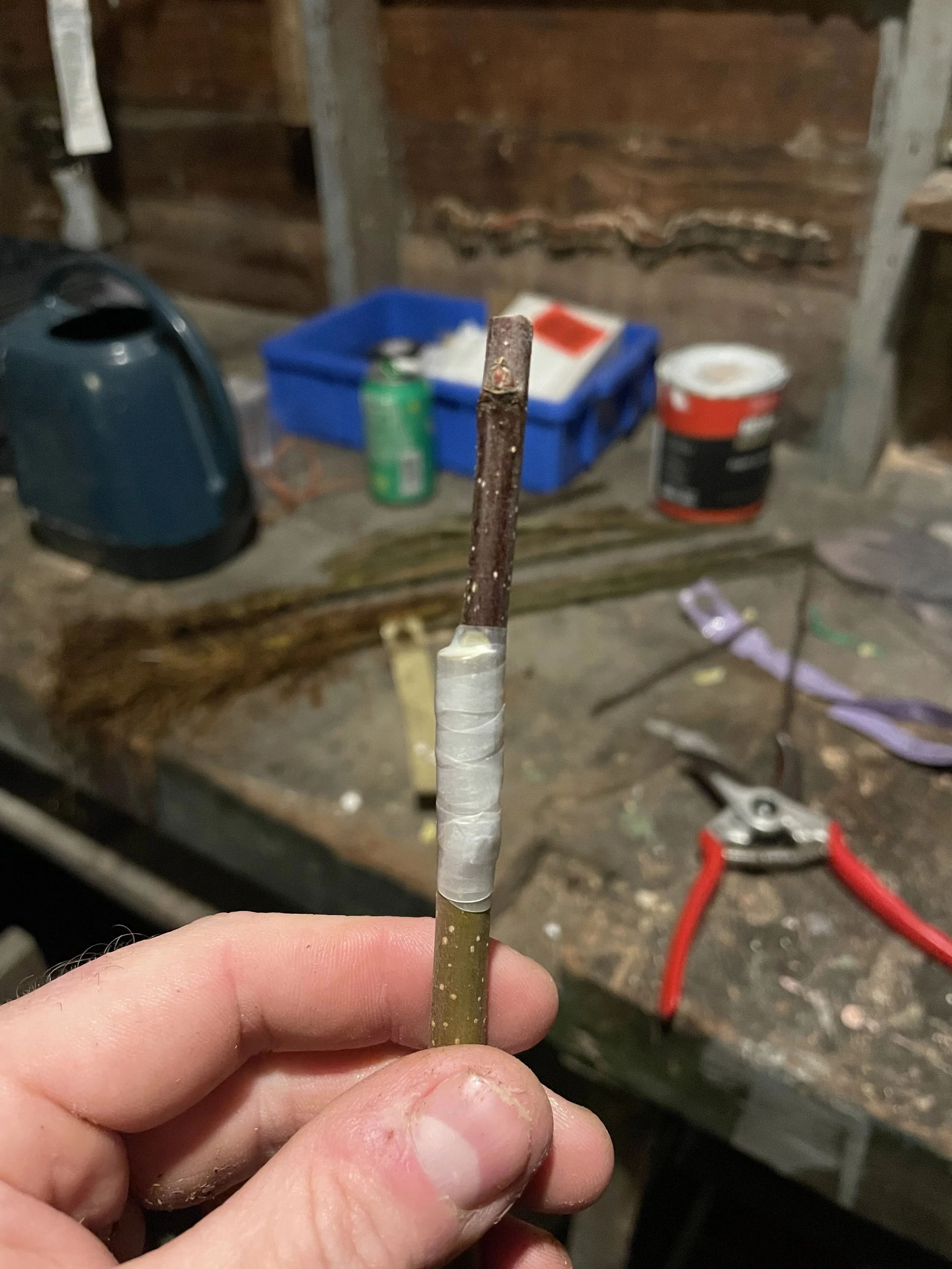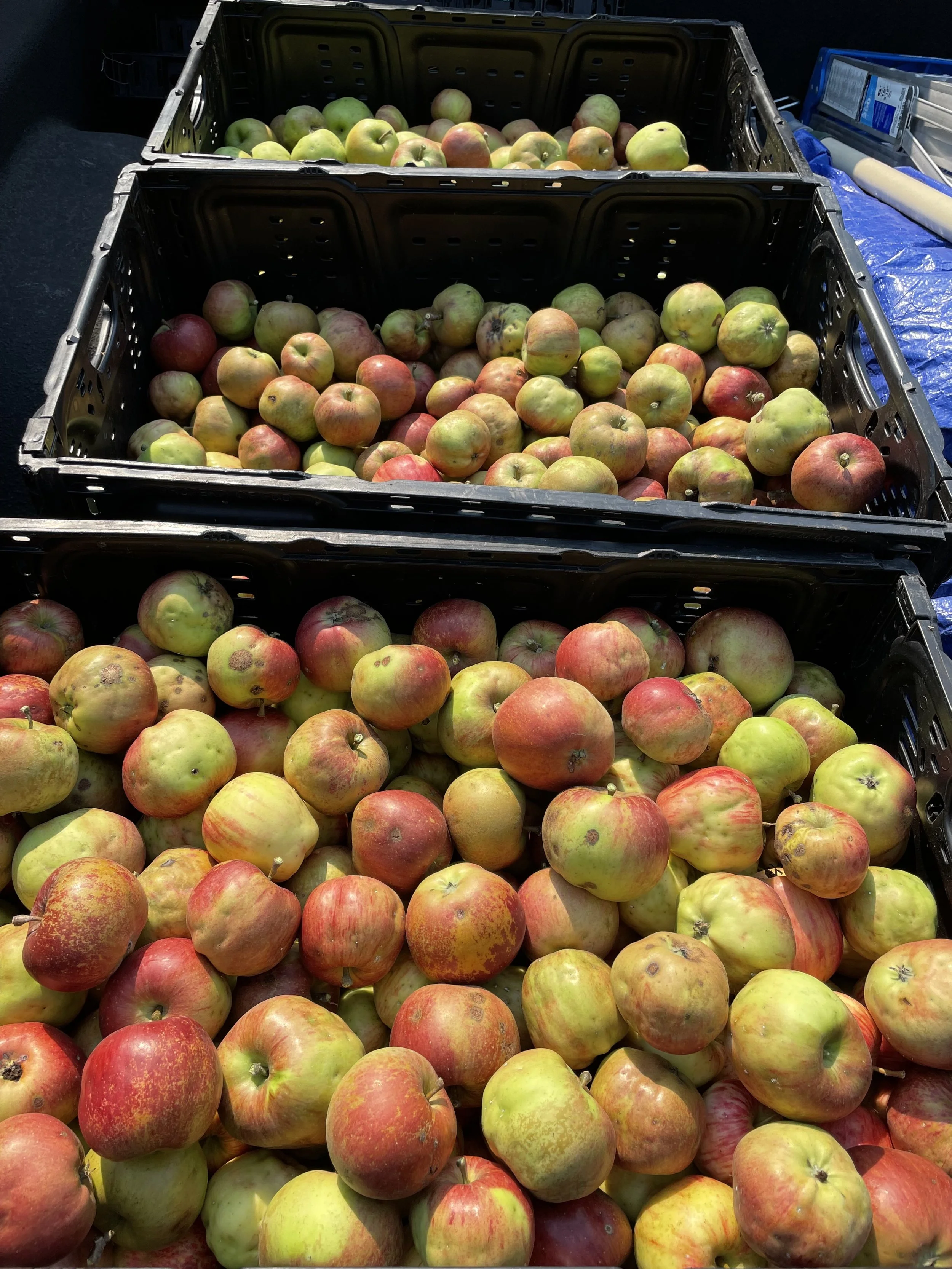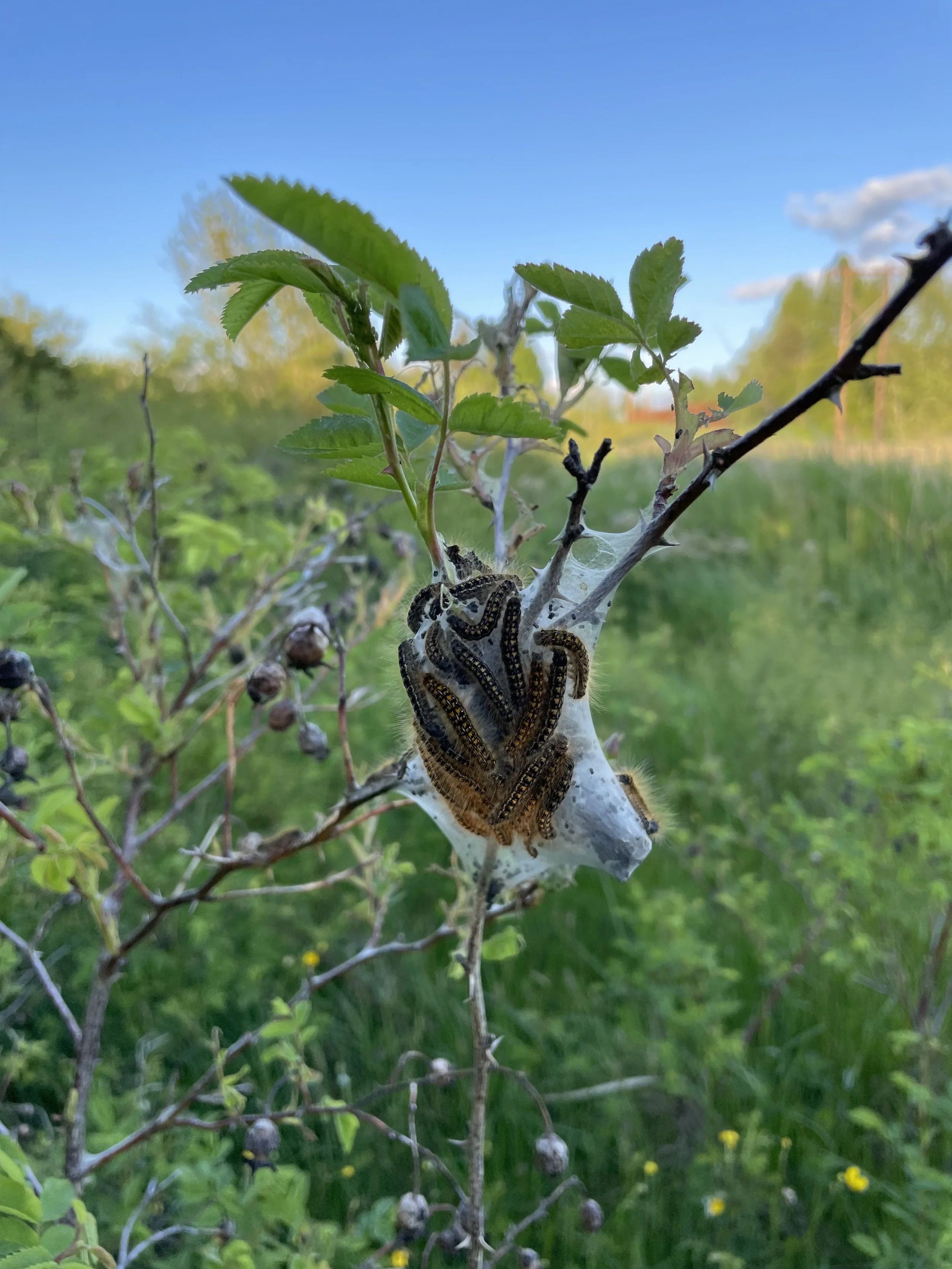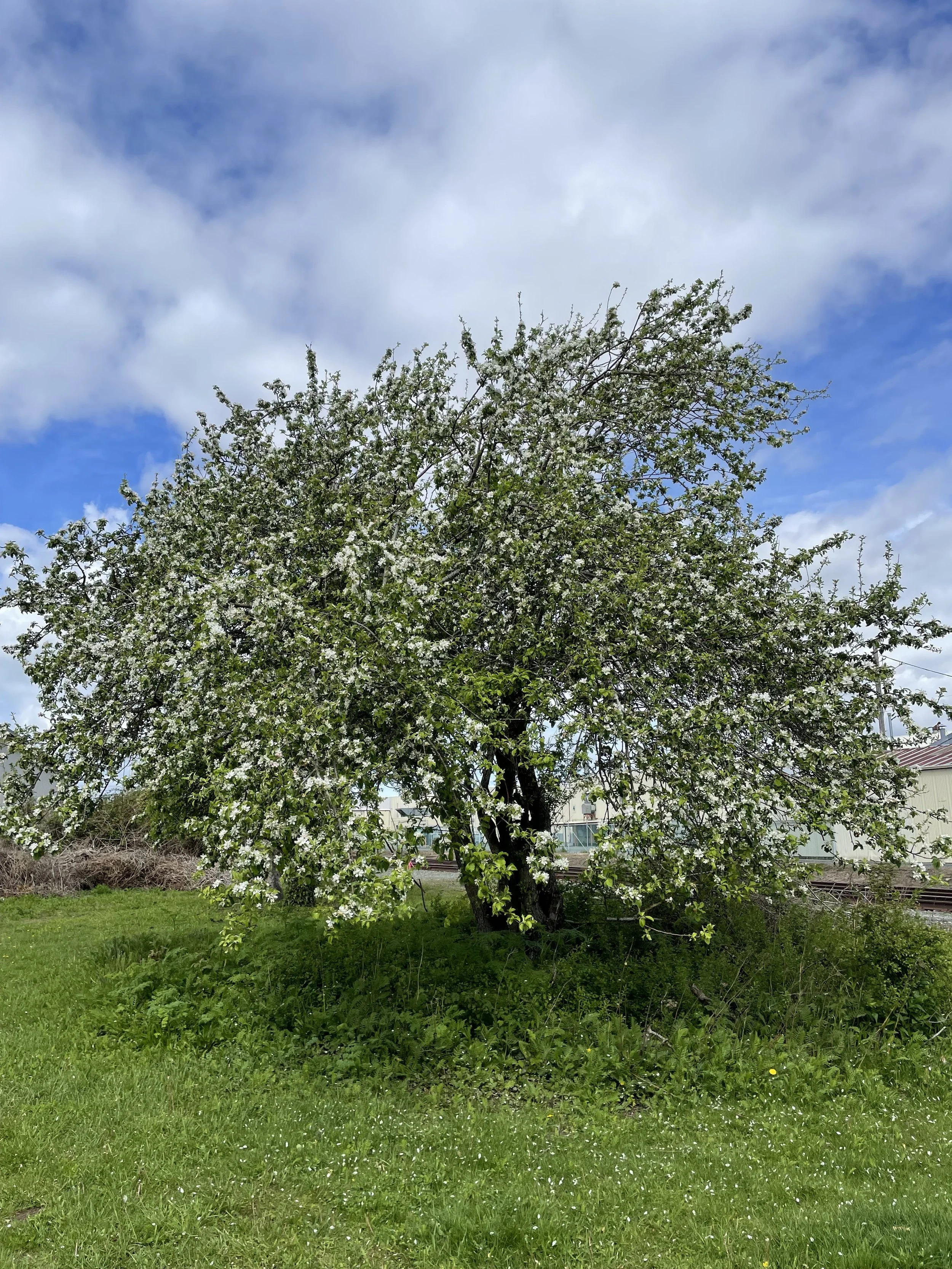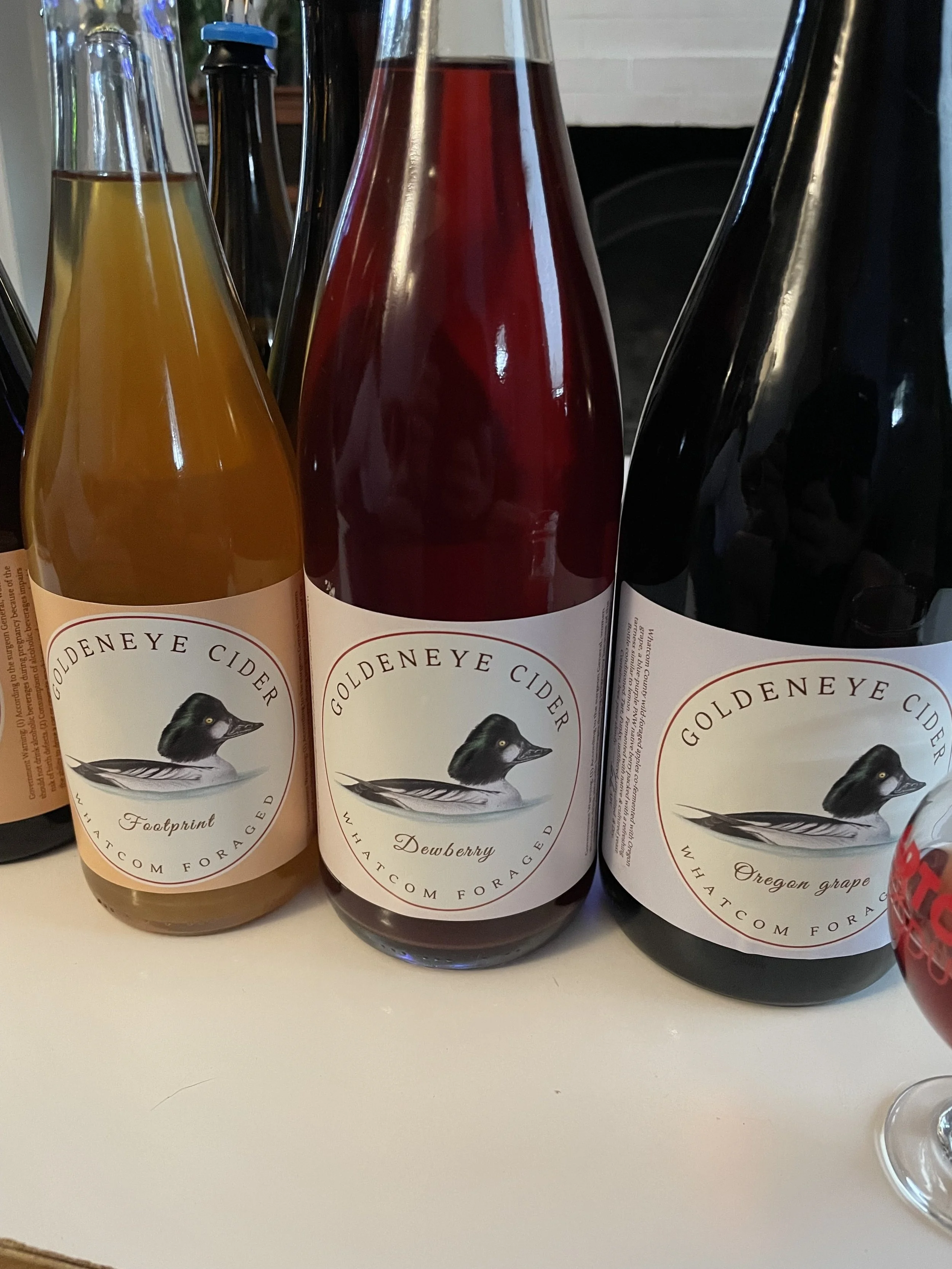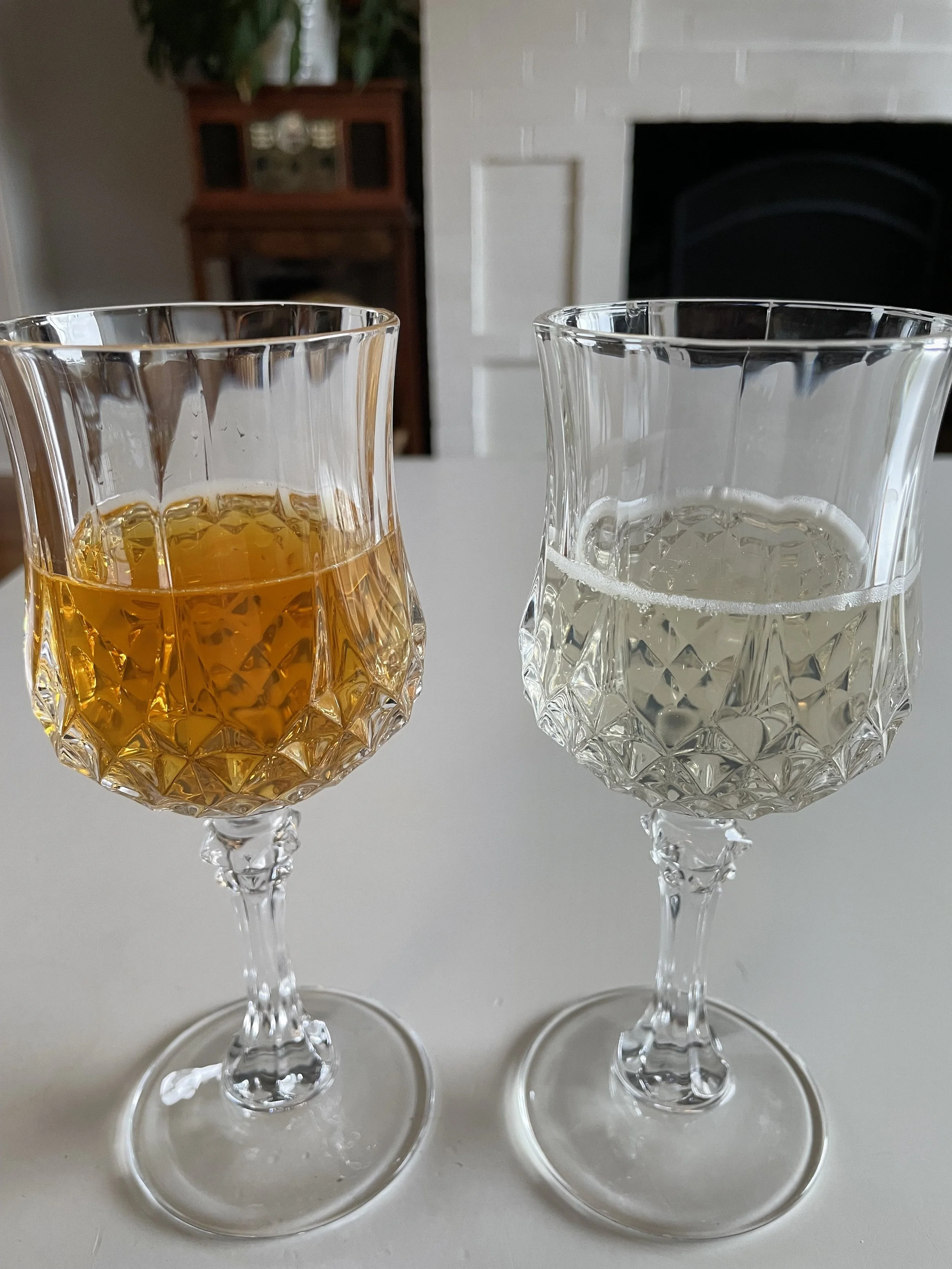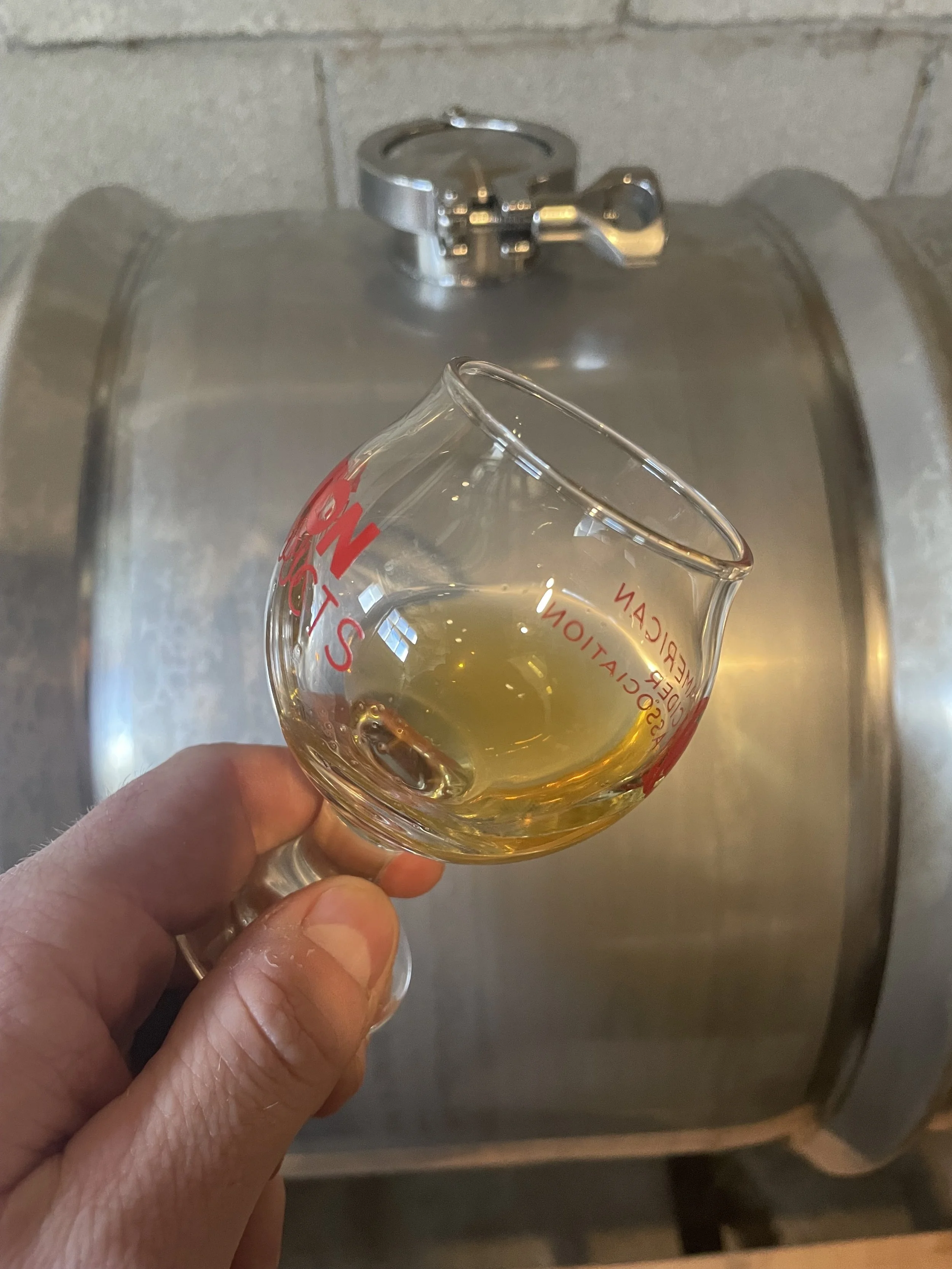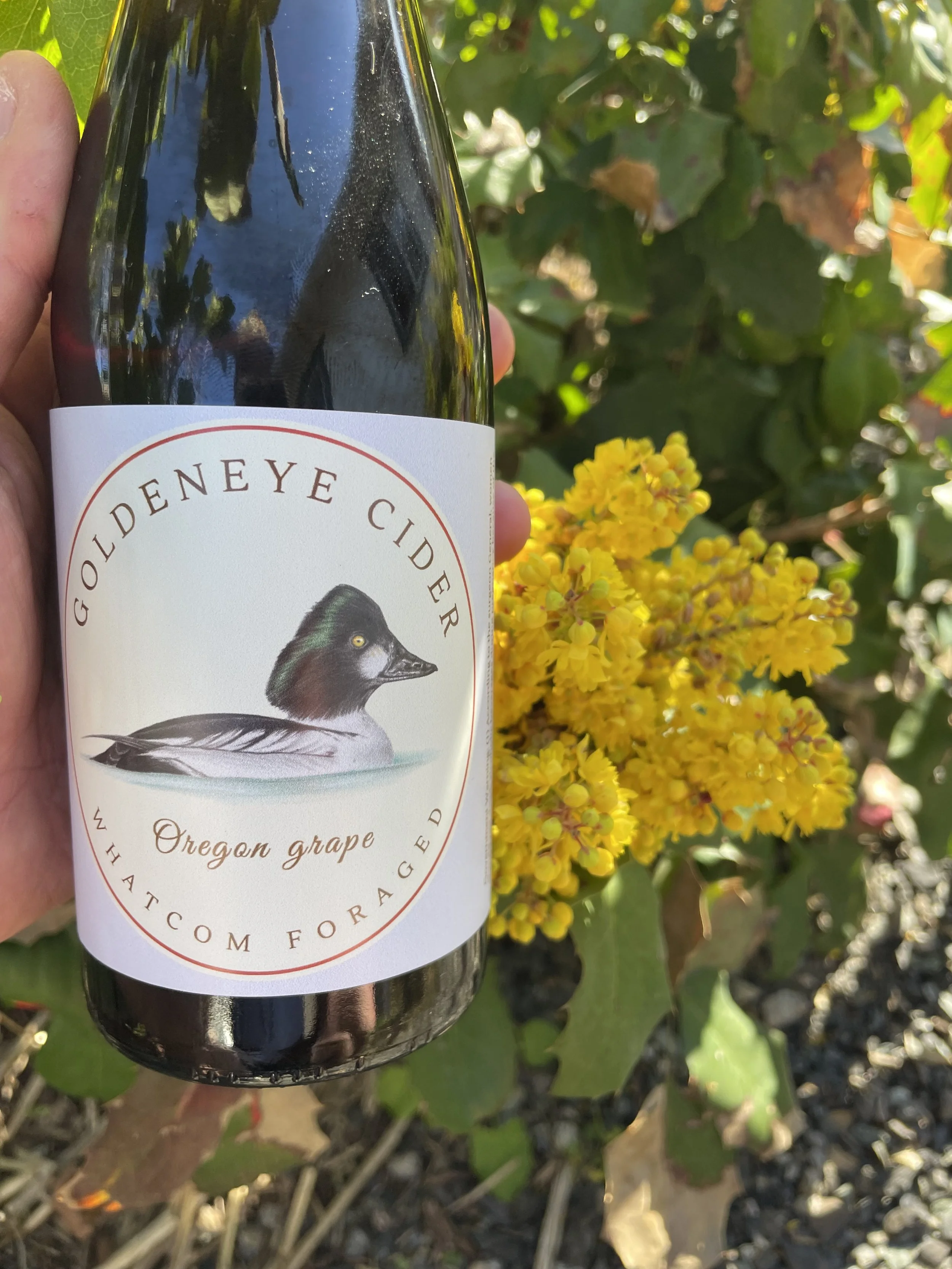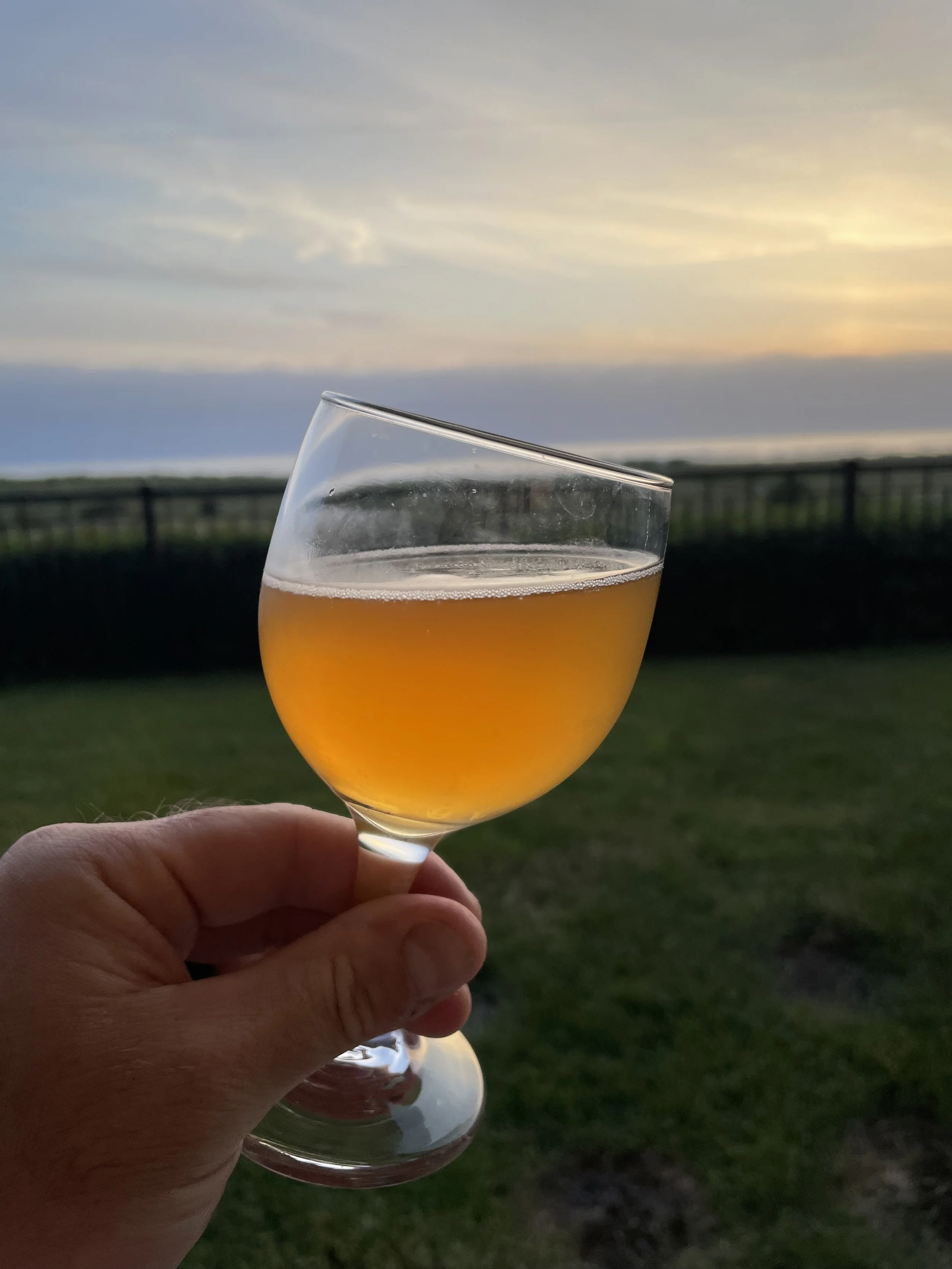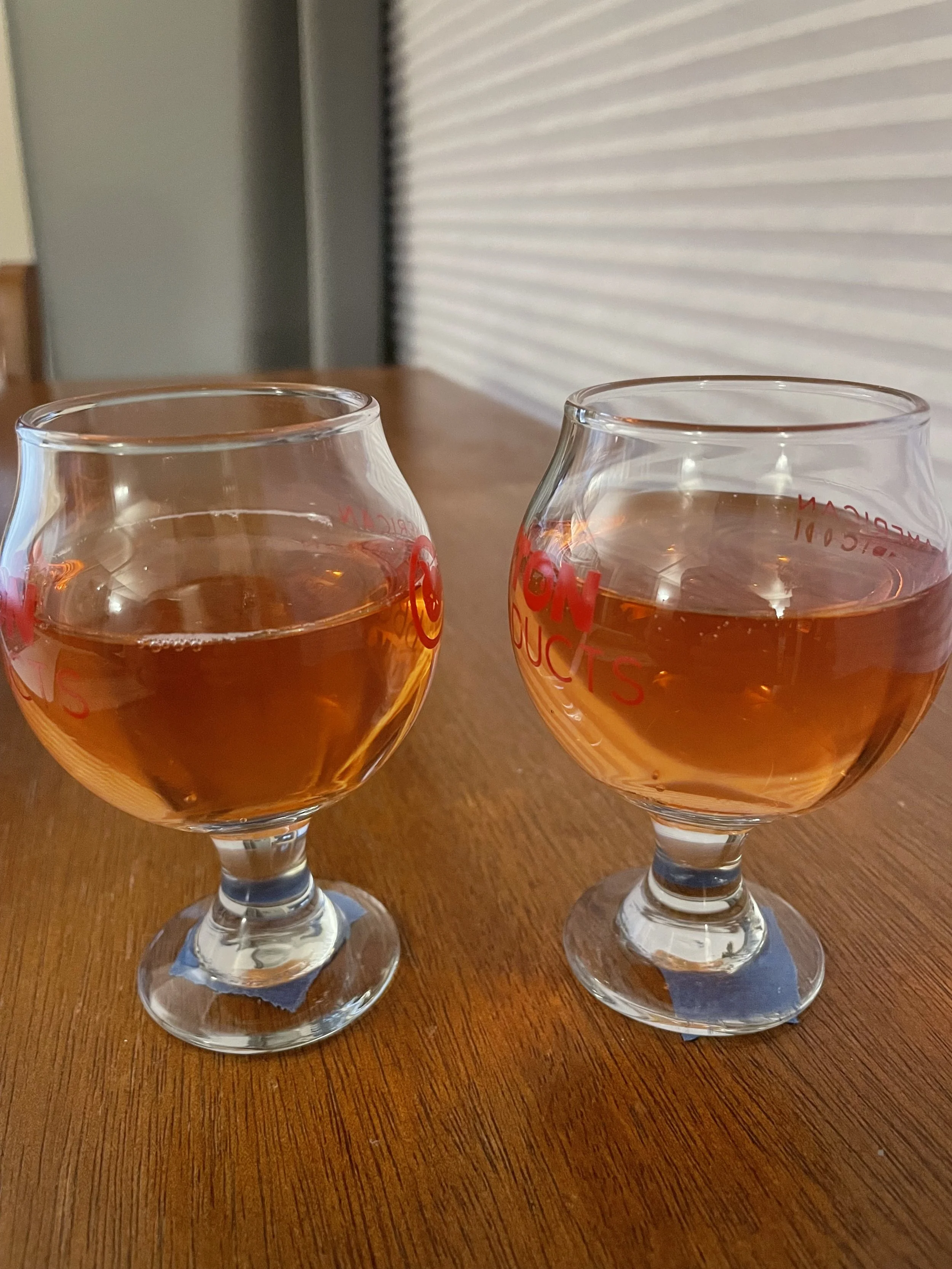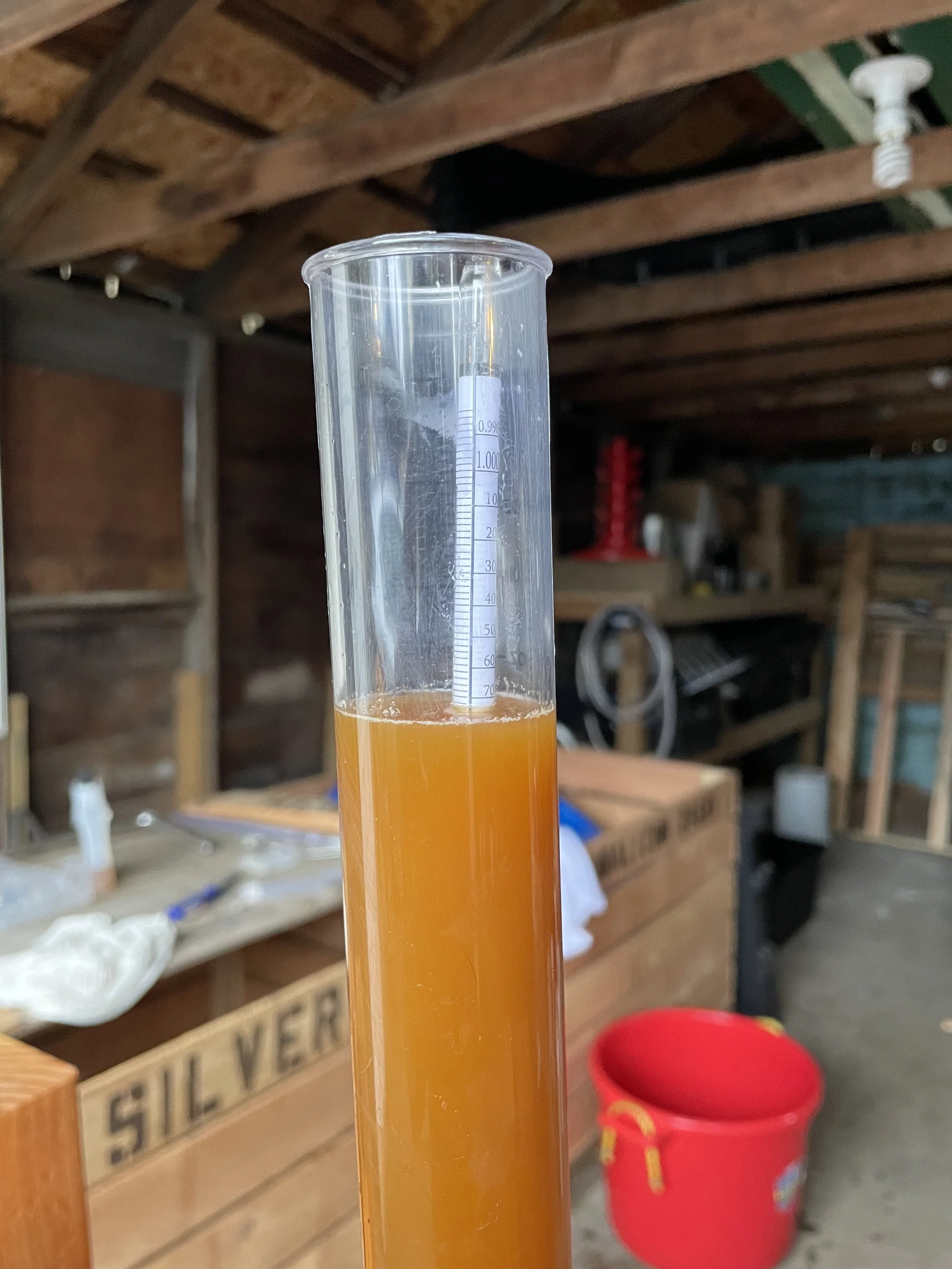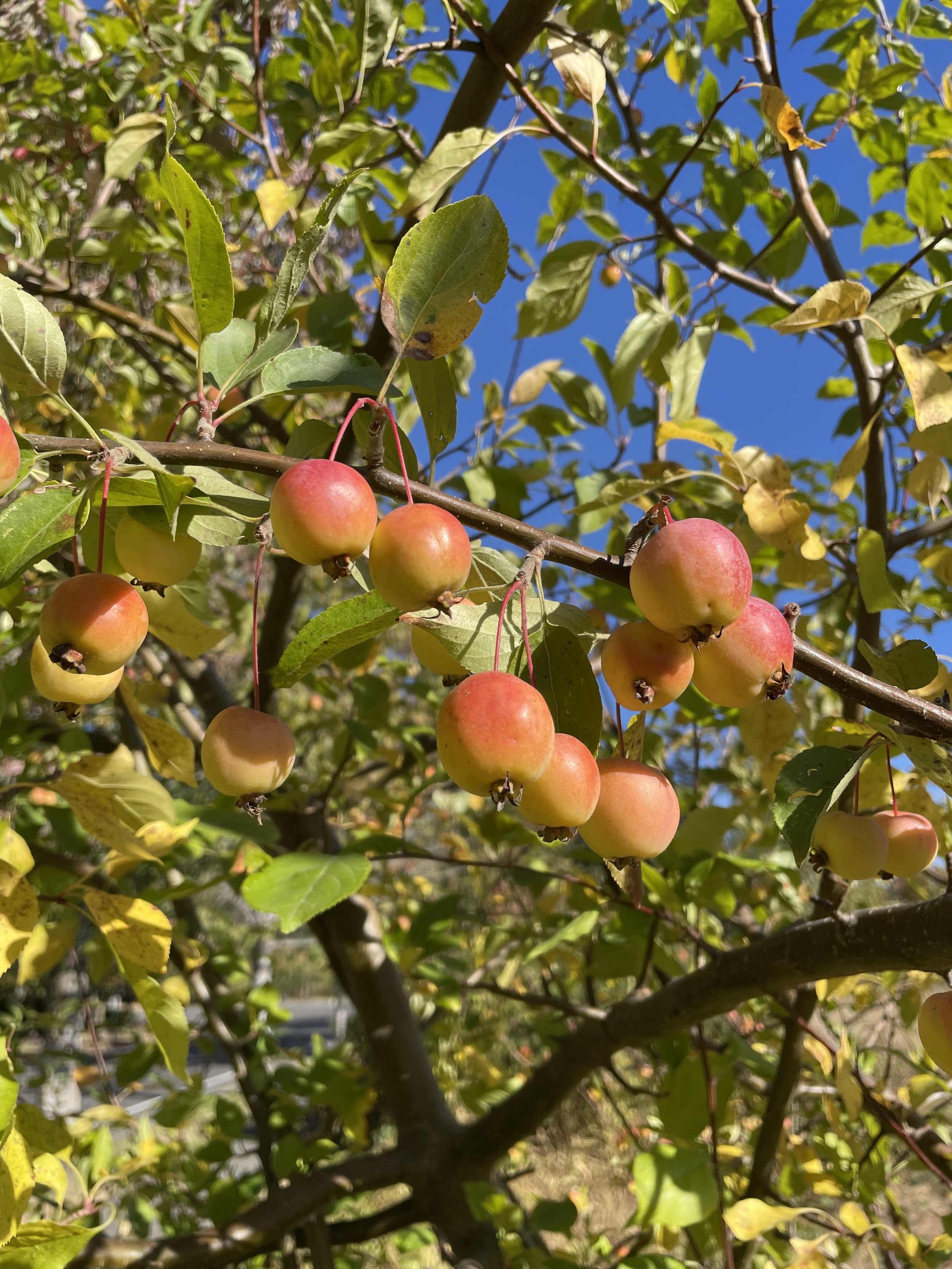
Cider & Perry Orchard + Fruit Tree Maintenance + Cidery-In-Planning
Forager Cider & Perry Orchard
We are partnering with like minded landowners & friends on Lummi Island’s Sunny Hill to plant 1.15 acres of cider apples and perry pears to create a line of ciders & perries that showcase unique terroir of Western Washington. Our first trees went in the ground in January 2025 with the bulk of the prepwork happening in the spring of 2025 and the remaining trees being planting in fall of 2025. We will document the growth of the trees and the development of the cidery here as well as on Instagram!
At the Sunny Hill site there will be at least 30 varieties of pommes planted that have their own unique flavors, growing tendencies and quirks that we are excited to learn and deal with!
Apples are separated into 4 groups and below are some apples that we will be growing from each group:
Sweet (Low acid, Low Tannin) - Golden Pippen, Claygate Pearmain, Grimes Golden & more!
Sharp (High Acid, Low Tannin) - Golden Russet, Dolgo, Hewes Virginia Crab, Goldrush, Liberty, Razor Russet, Egremont Russet, Transcendant Crab, Harrison & more!
Bittersweet (Low Acid, High Tannin) - Binet Blanc, Medaille D’or, Dabinett, Bulmers Norman, Dymock Red & more!
Bittersharp (High Acid, High Tannin) - Reinette Zabergau, Porter Perfection, Golden Hornet, Redfield, Puget Spice, Wickson & more!
Some of the pear varieties we will plant:
-Bosc, Brandy, Hendre Huffcap, Gin, Conference, Winnals Longdon, Seckal & more!
(Image Right) Harrison Apple tree on M111 rootstock freshly planted in its forever home
Orchard Services
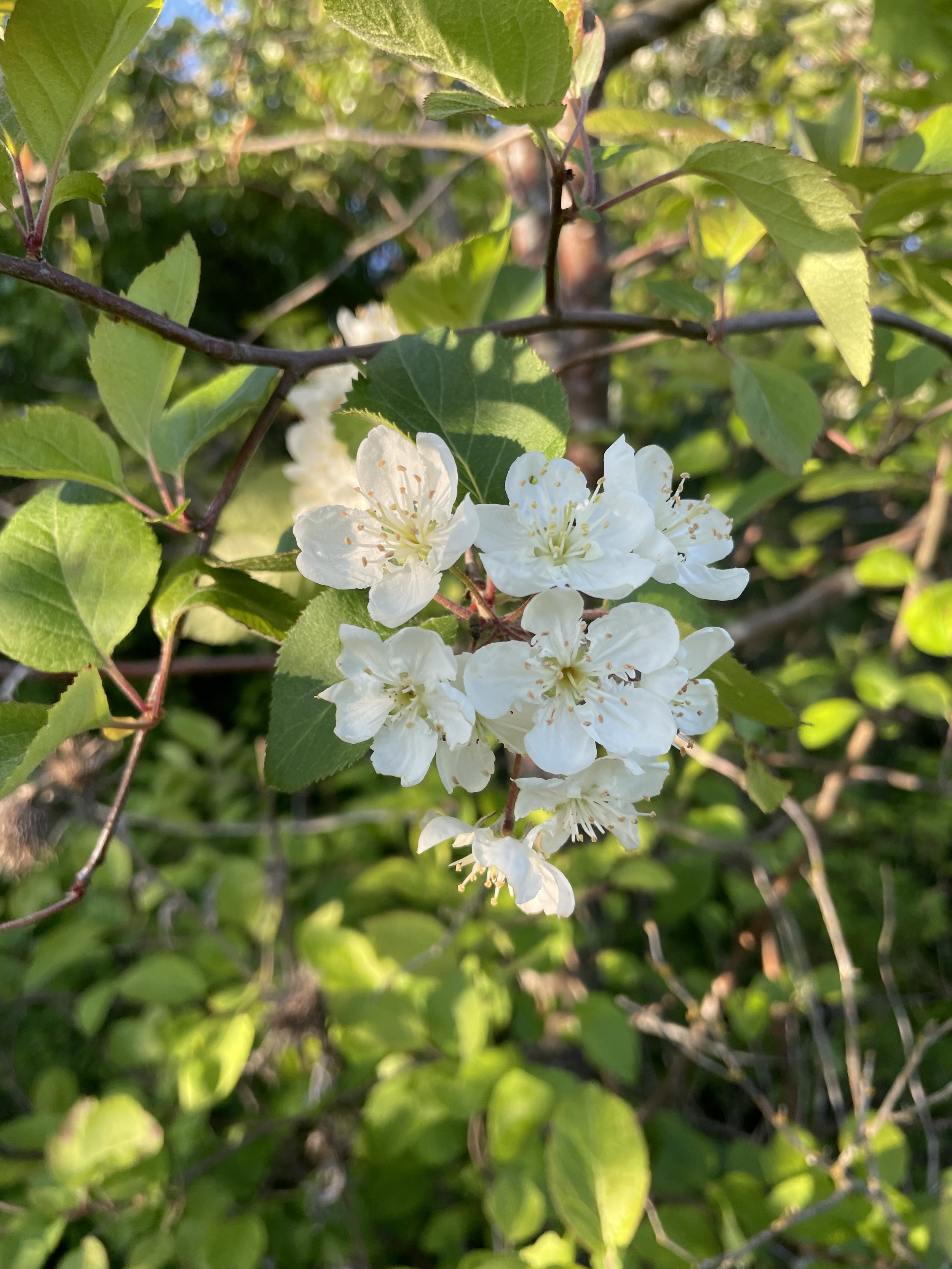
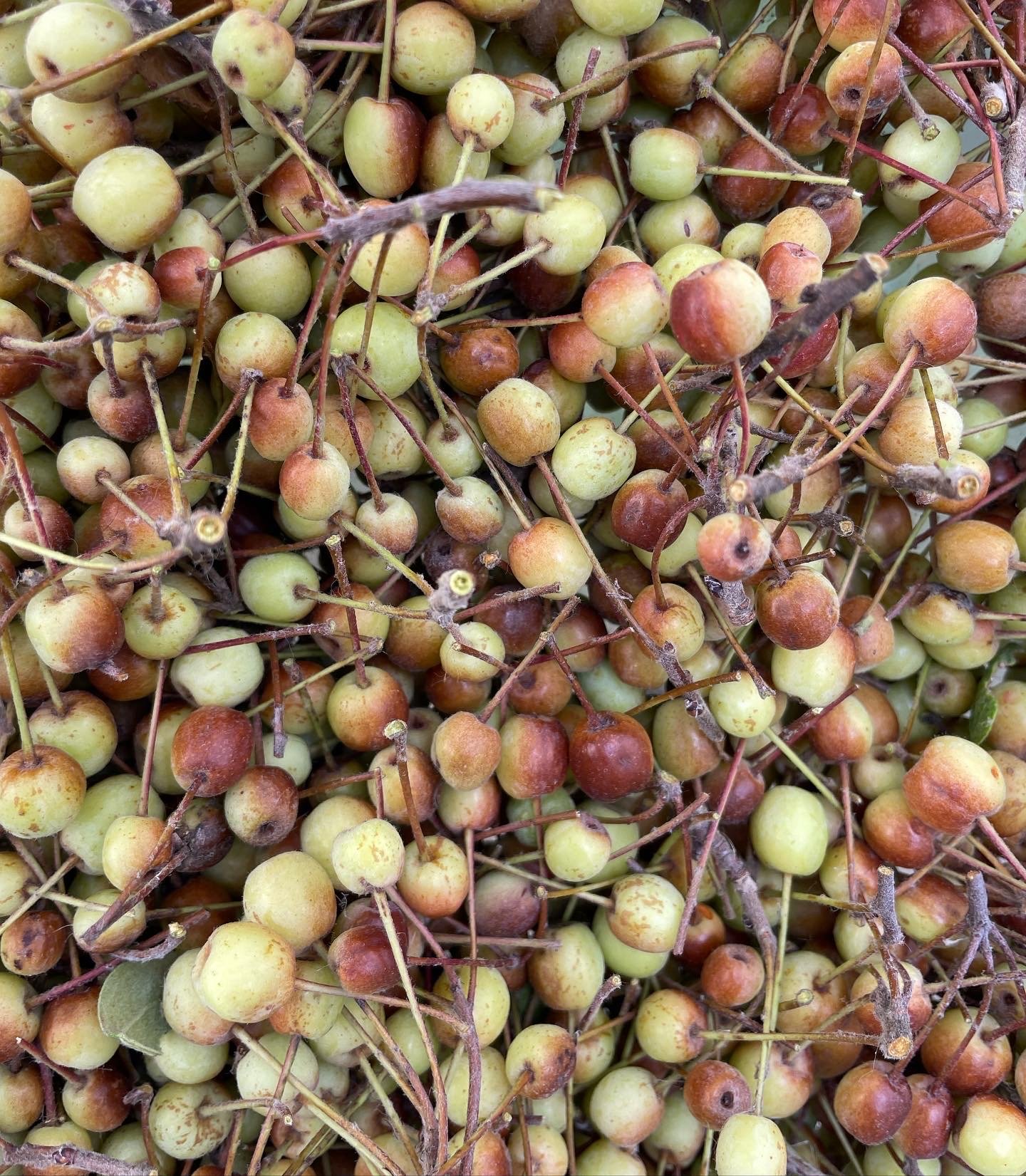
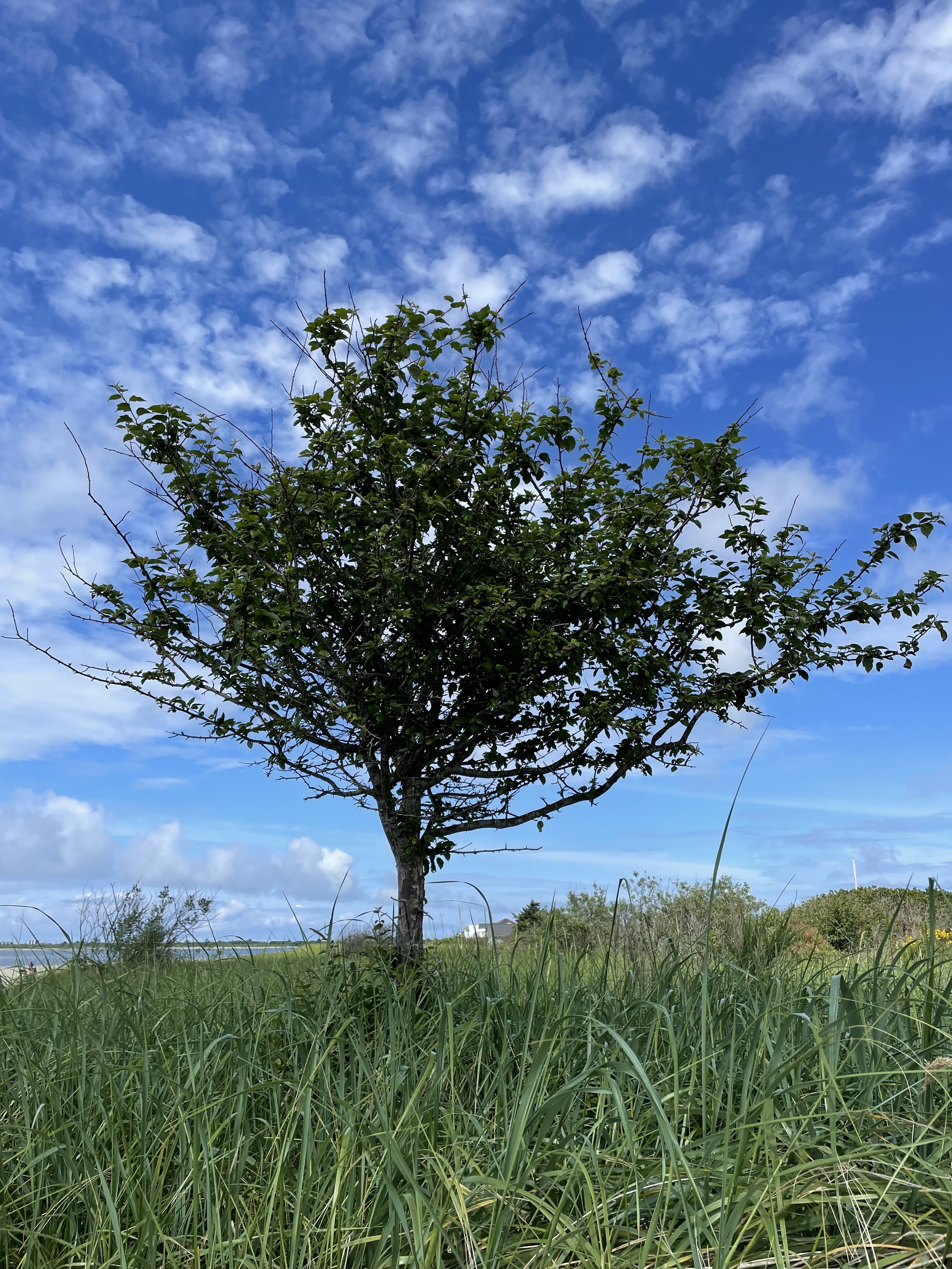
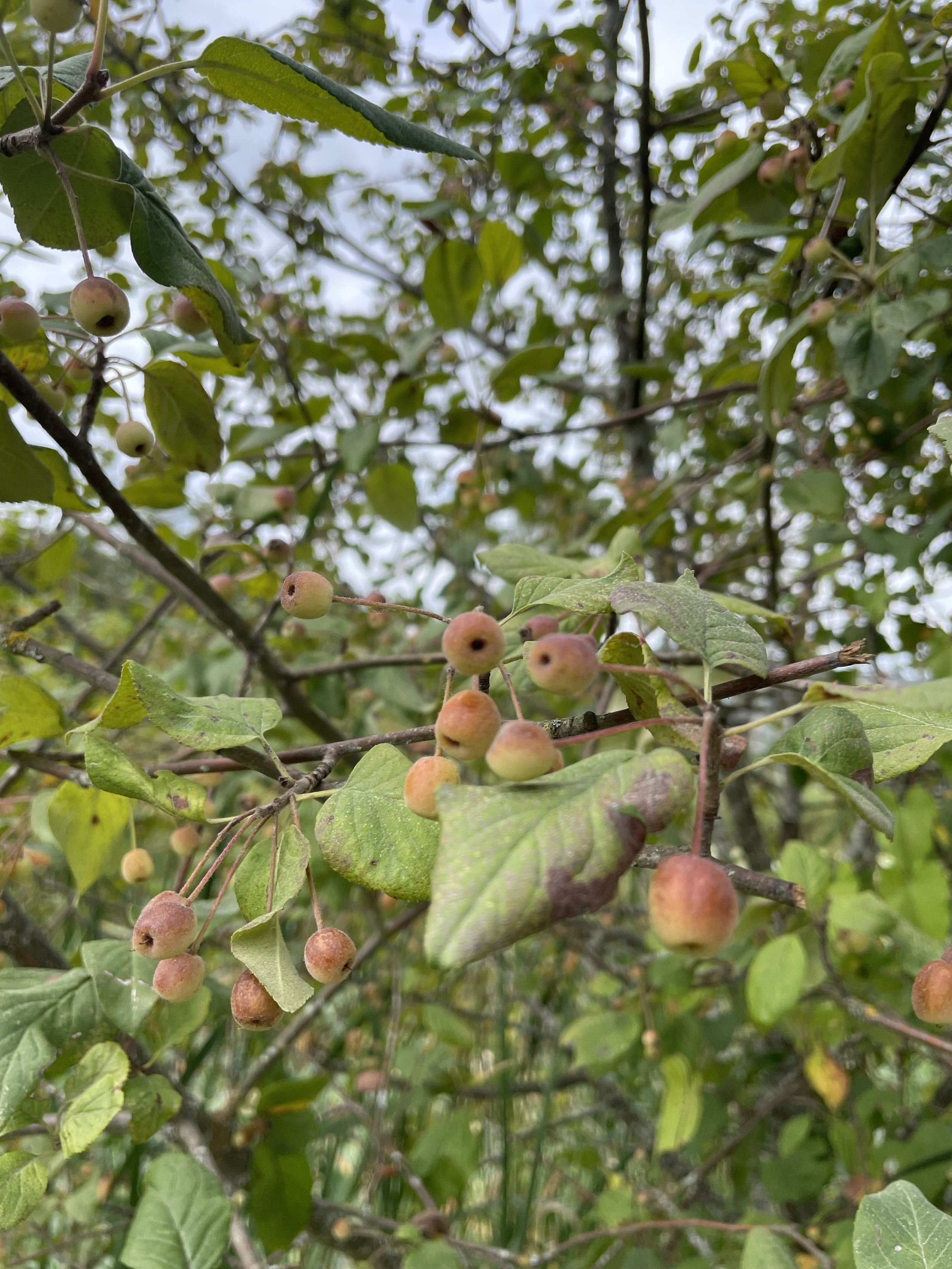
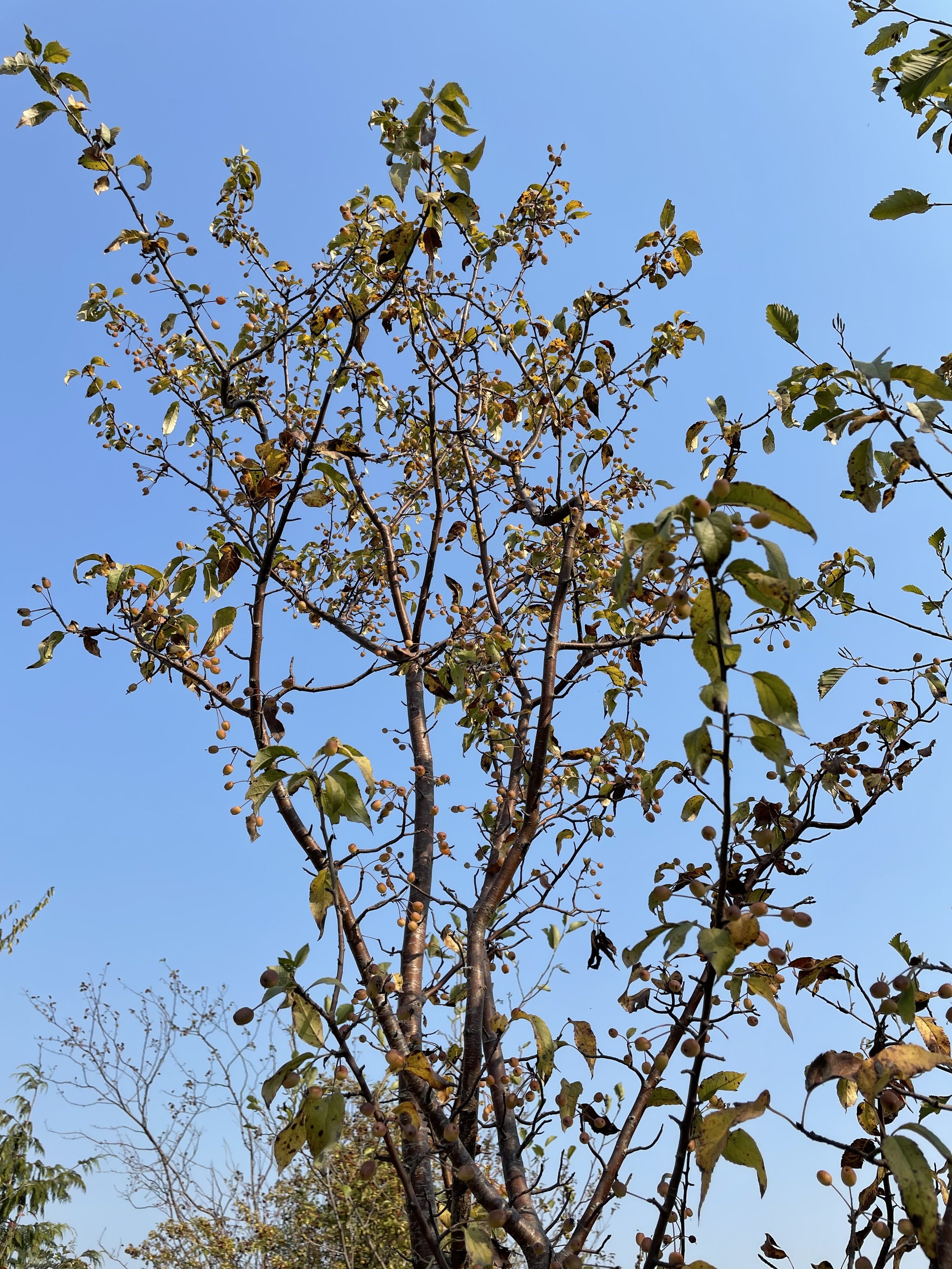
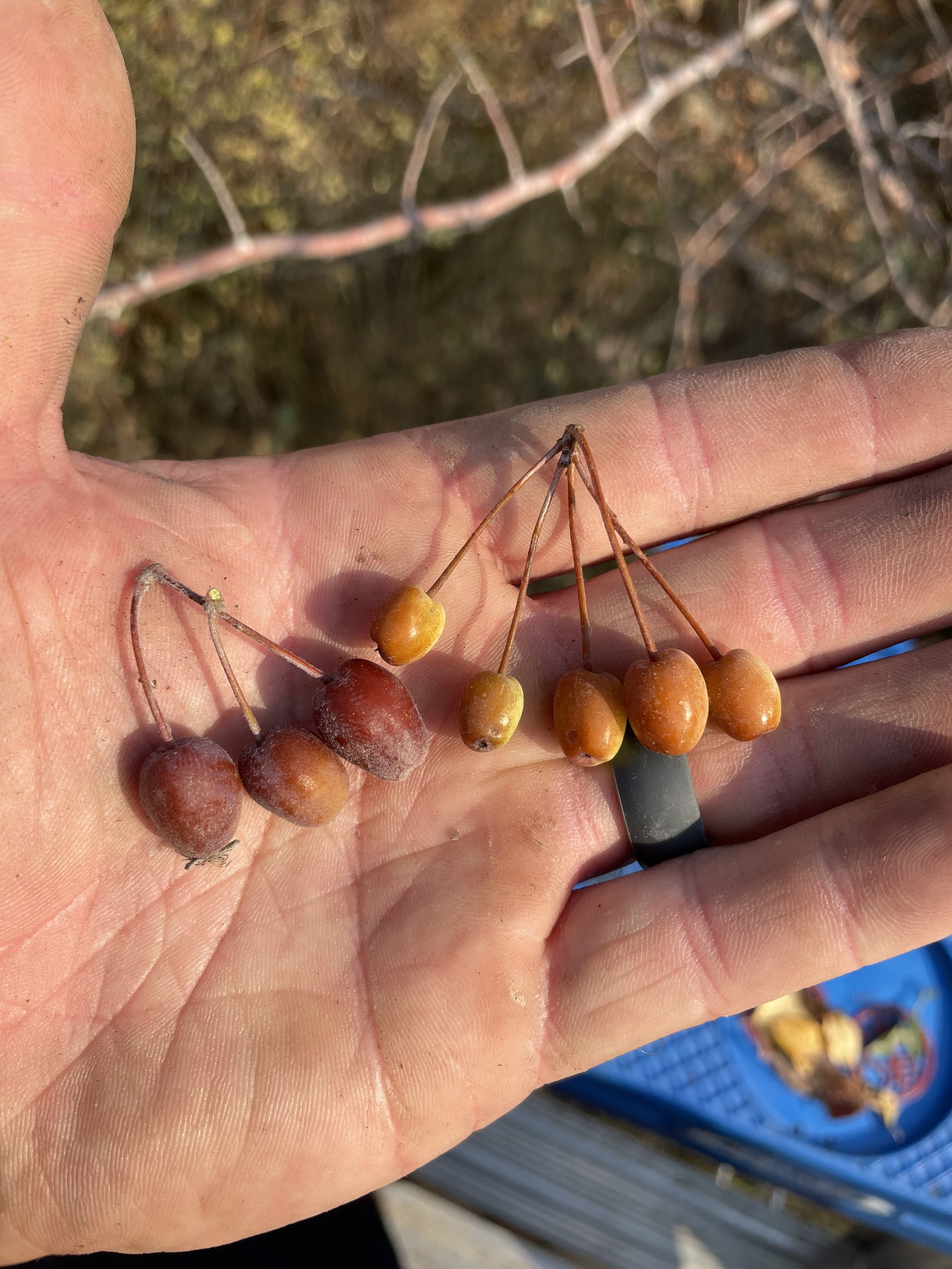
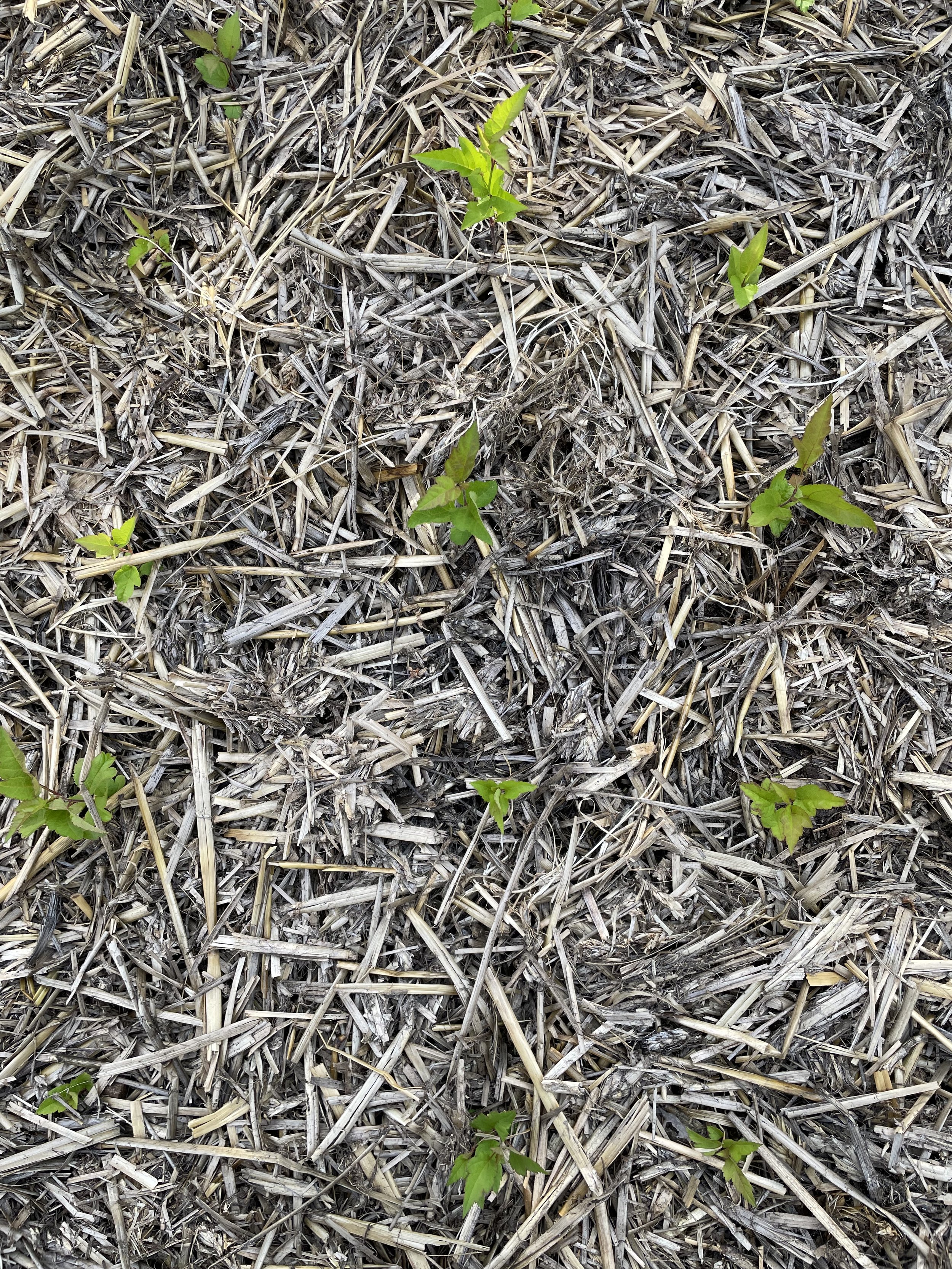
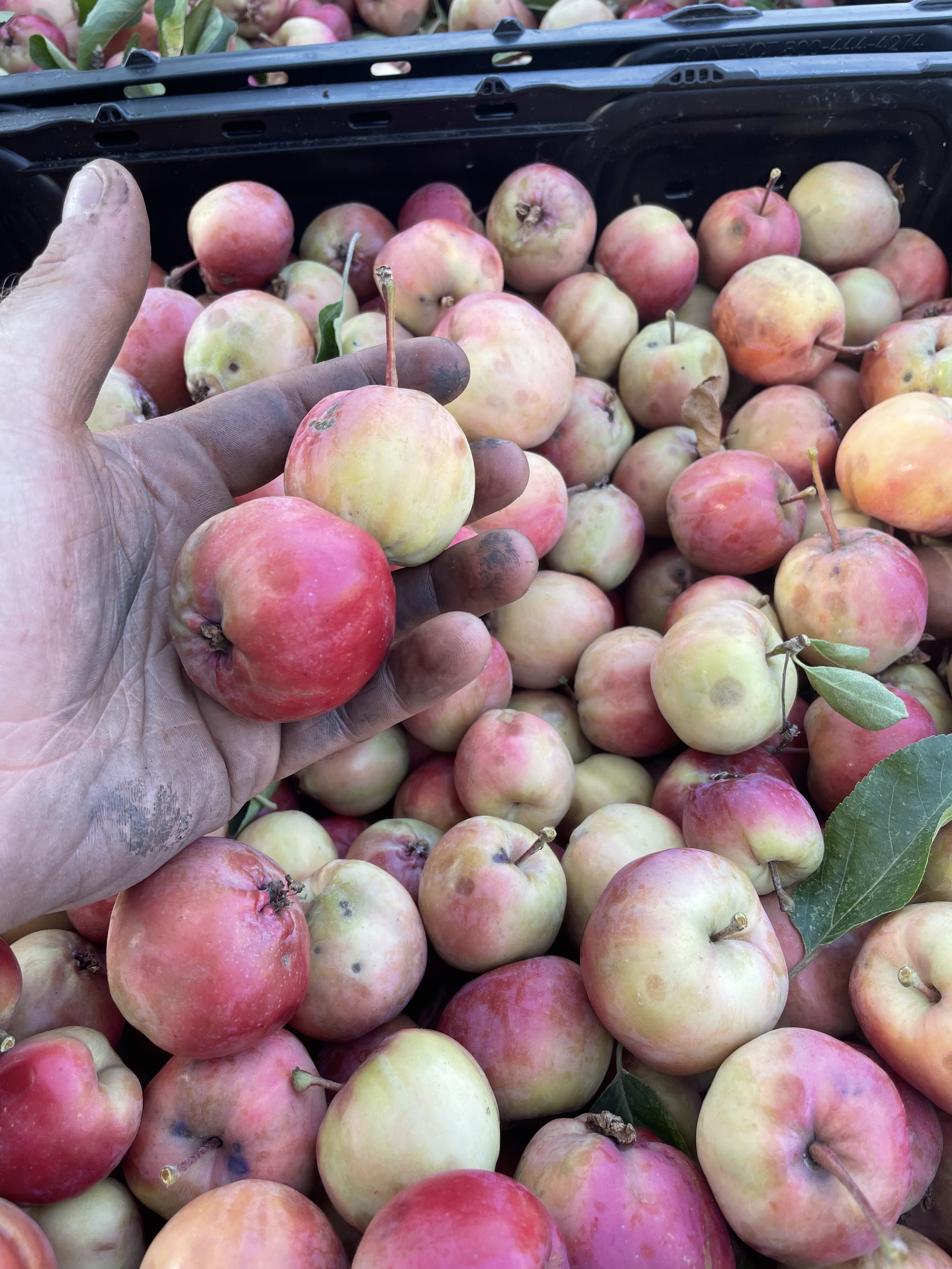
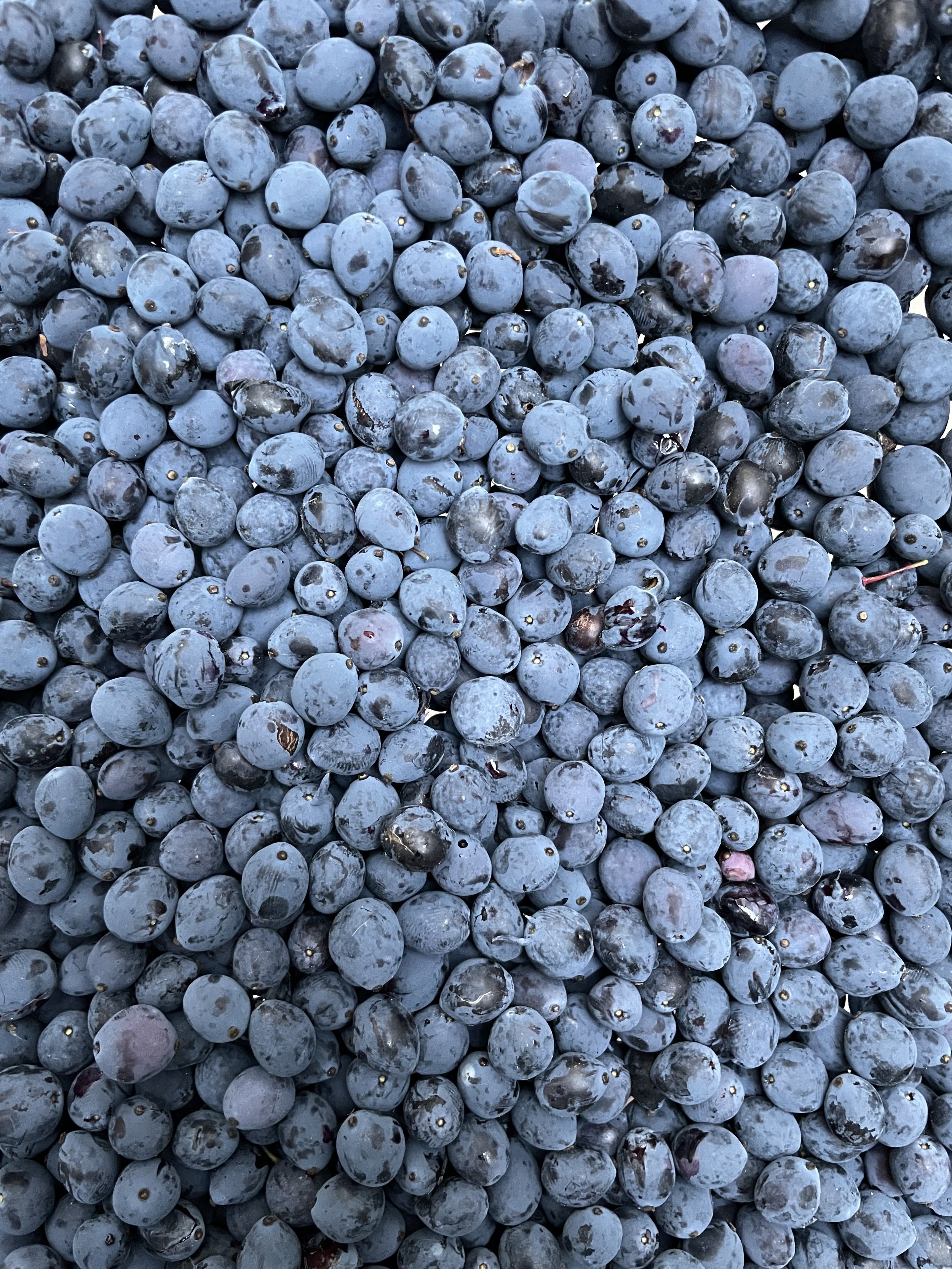
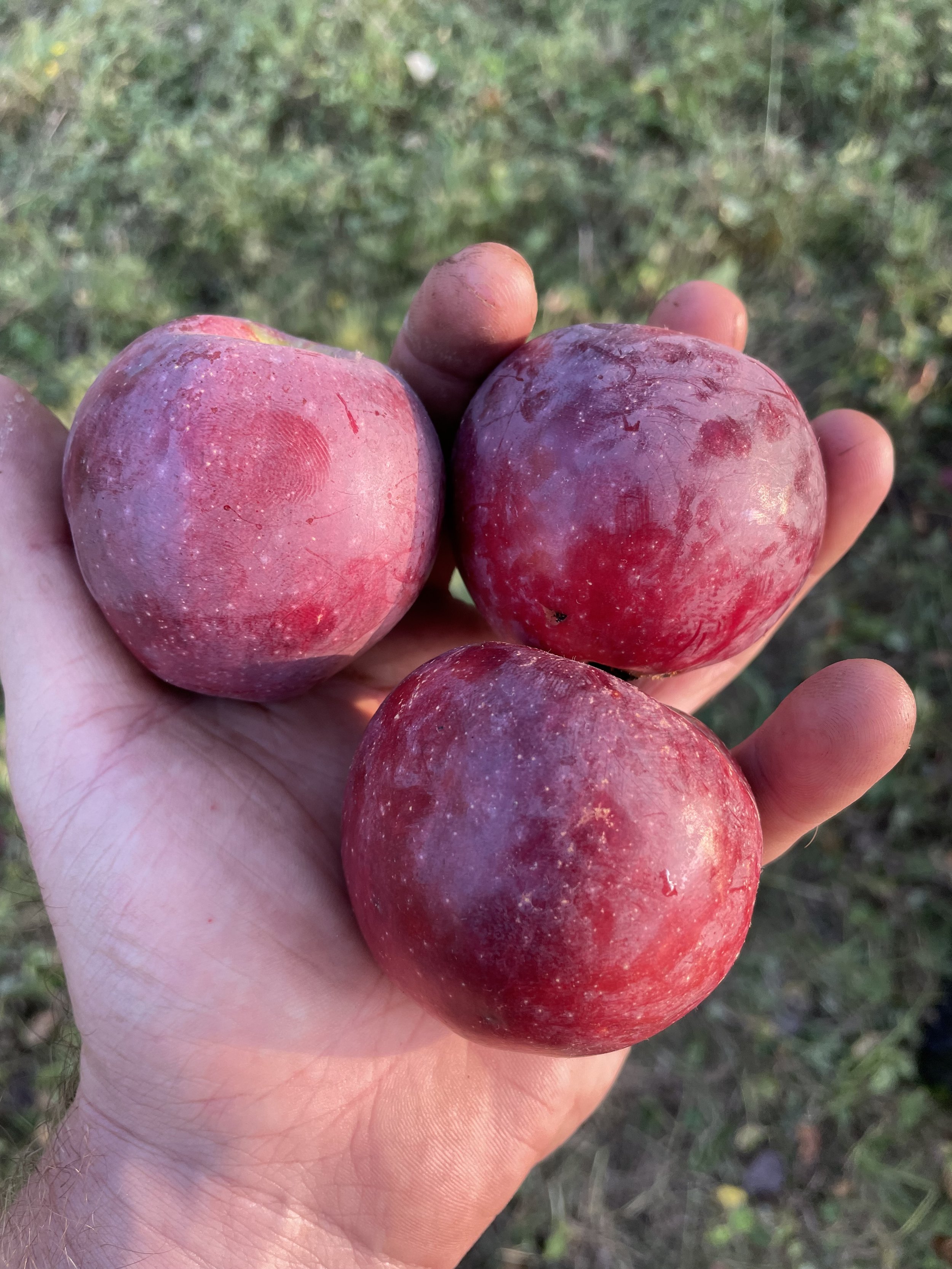
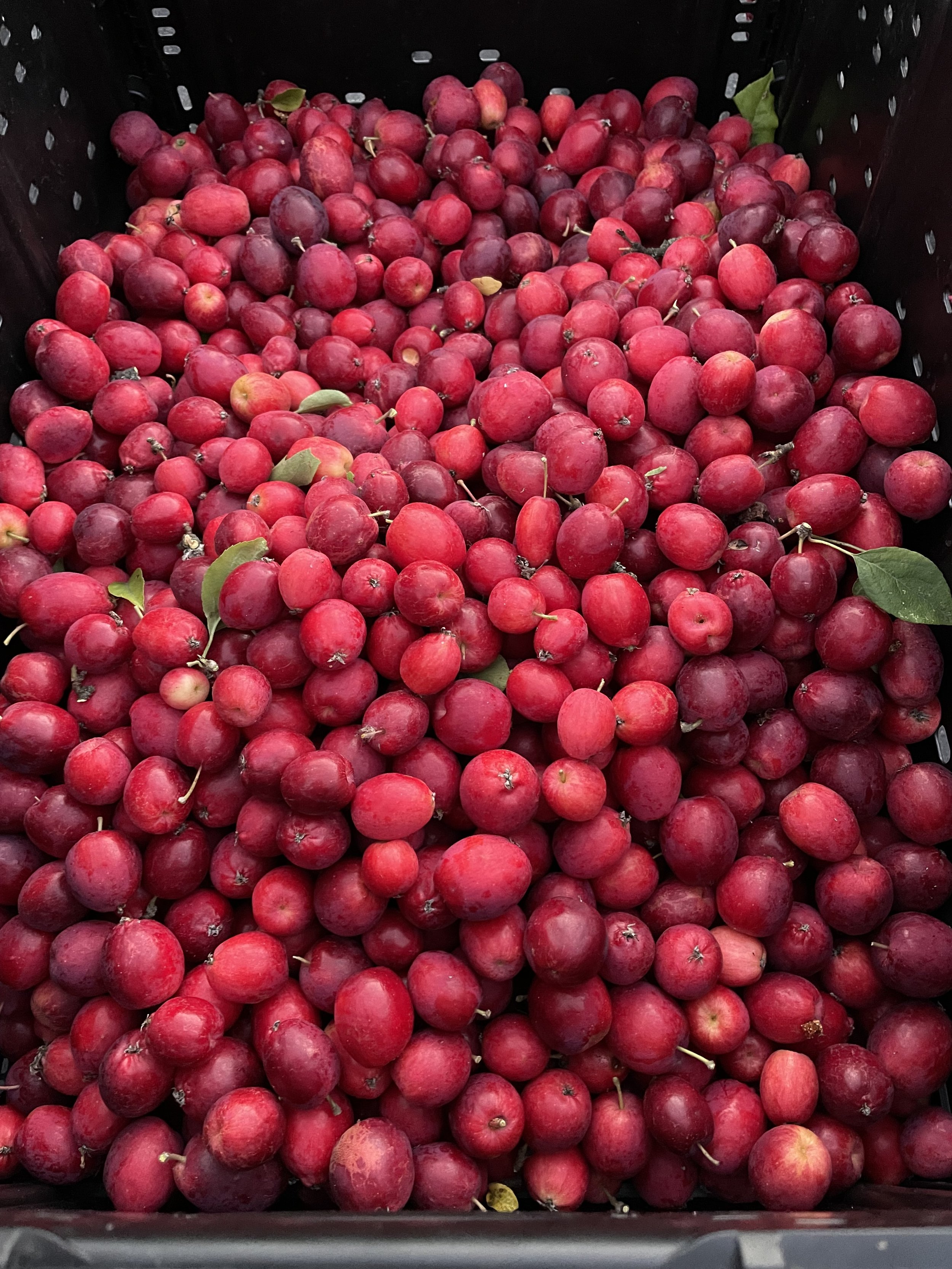
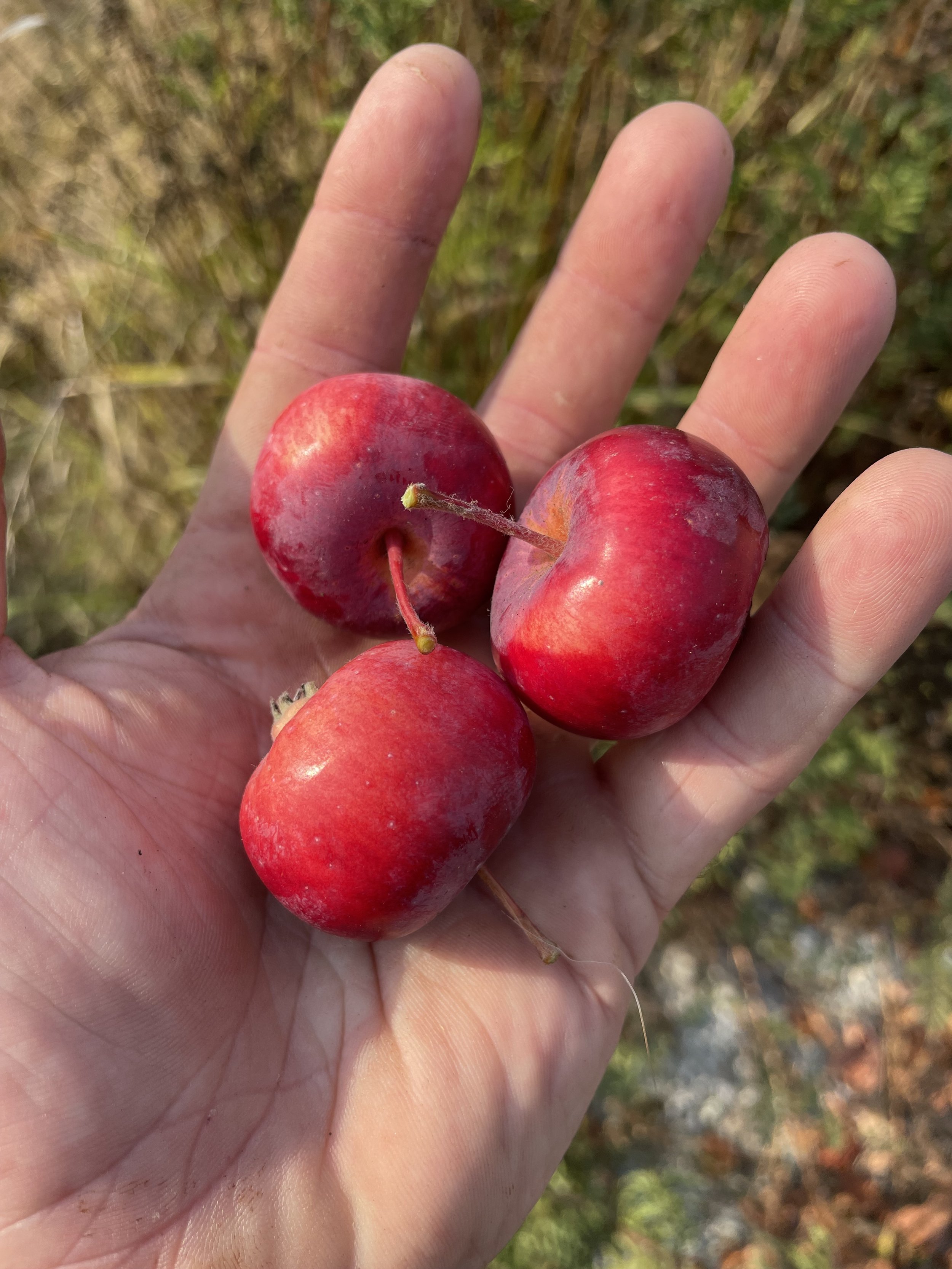
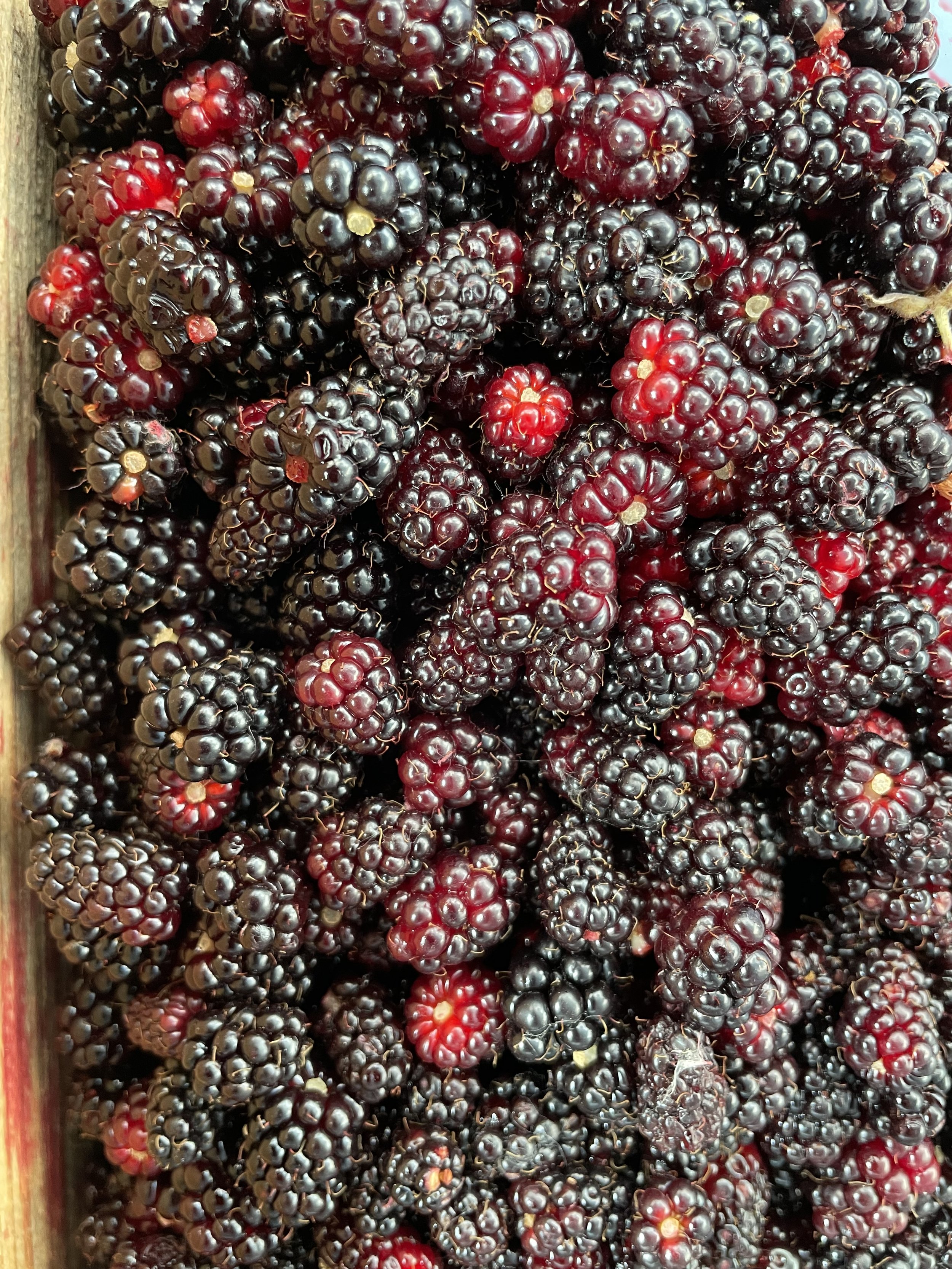
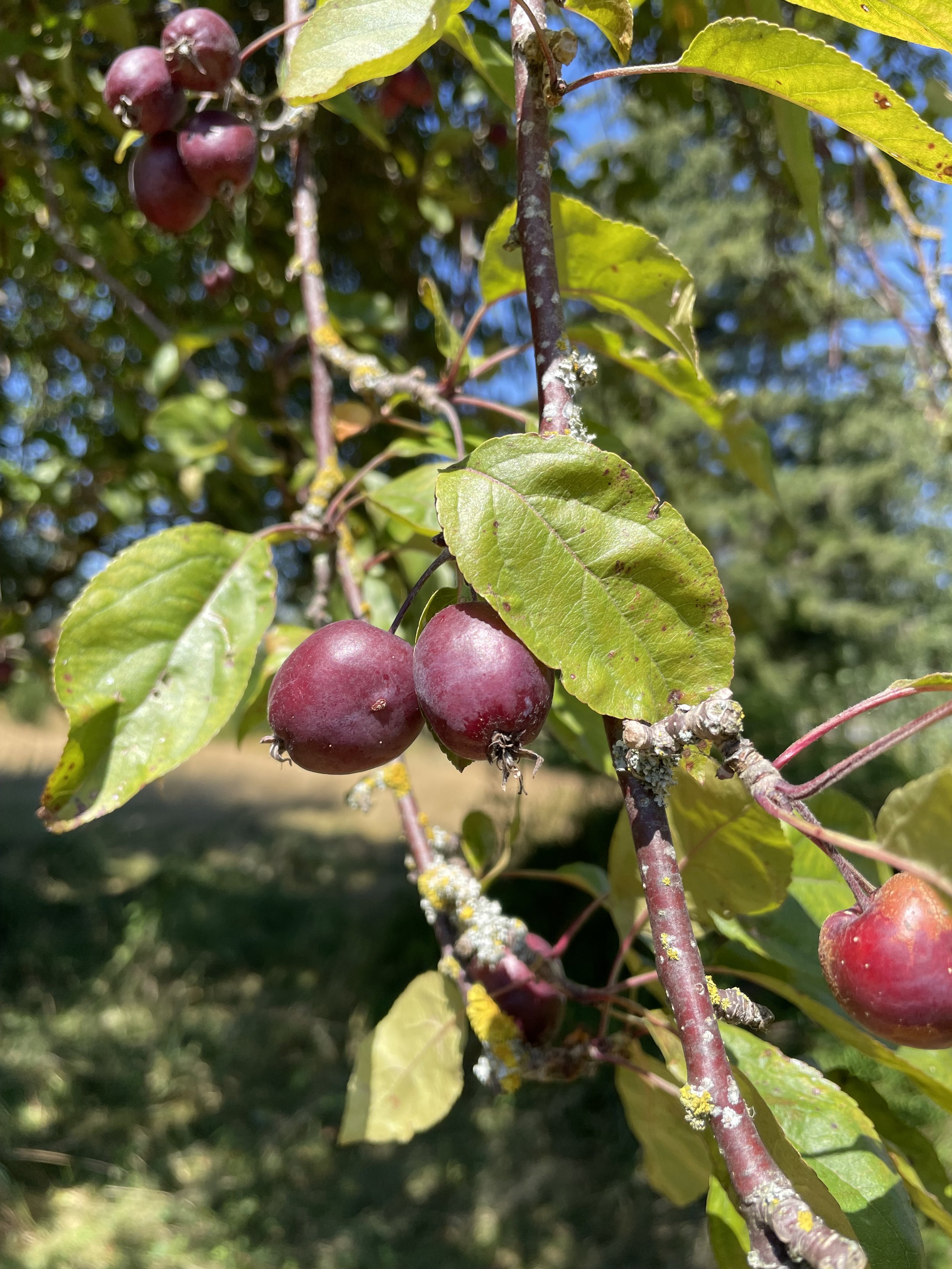
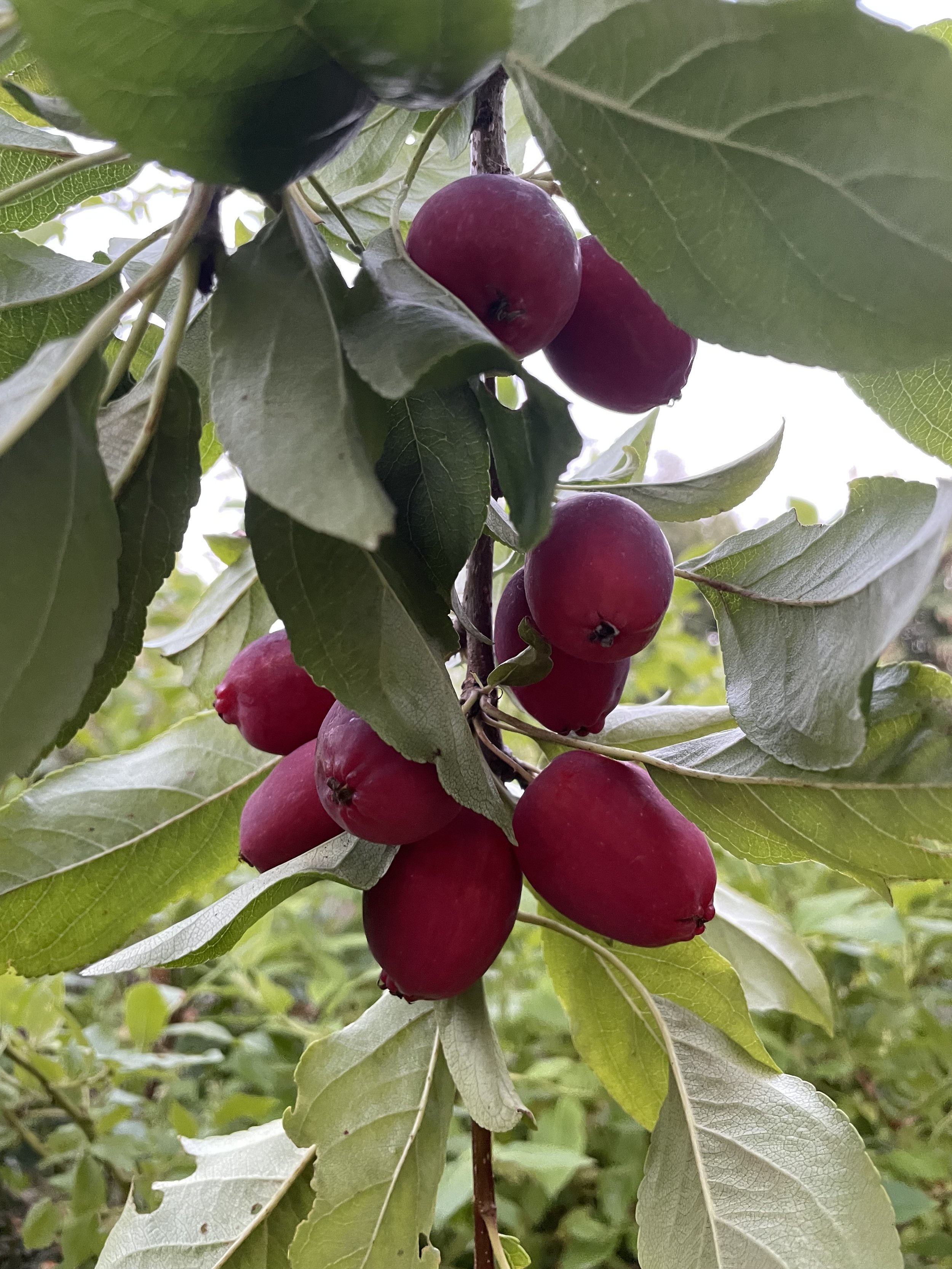
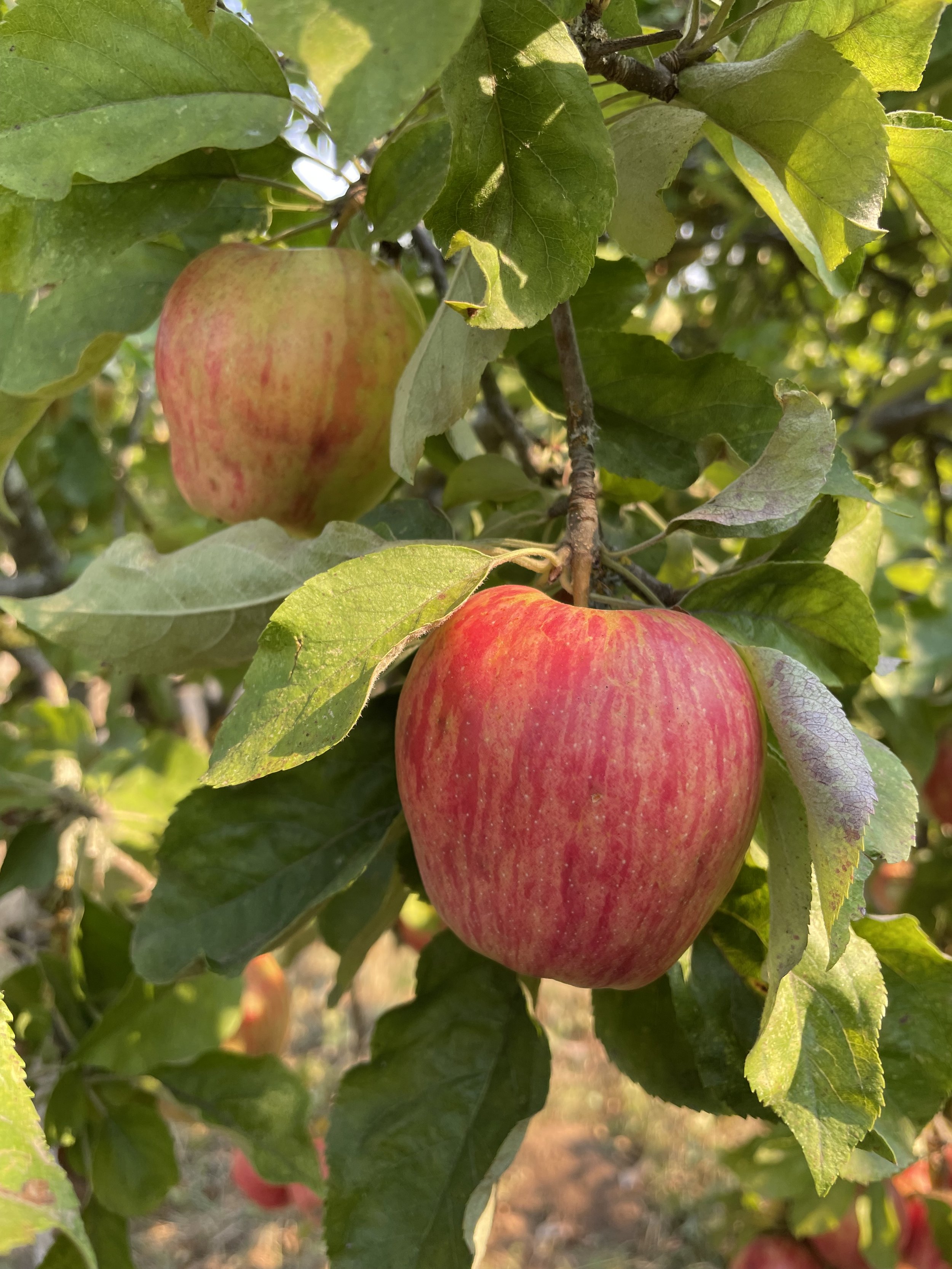
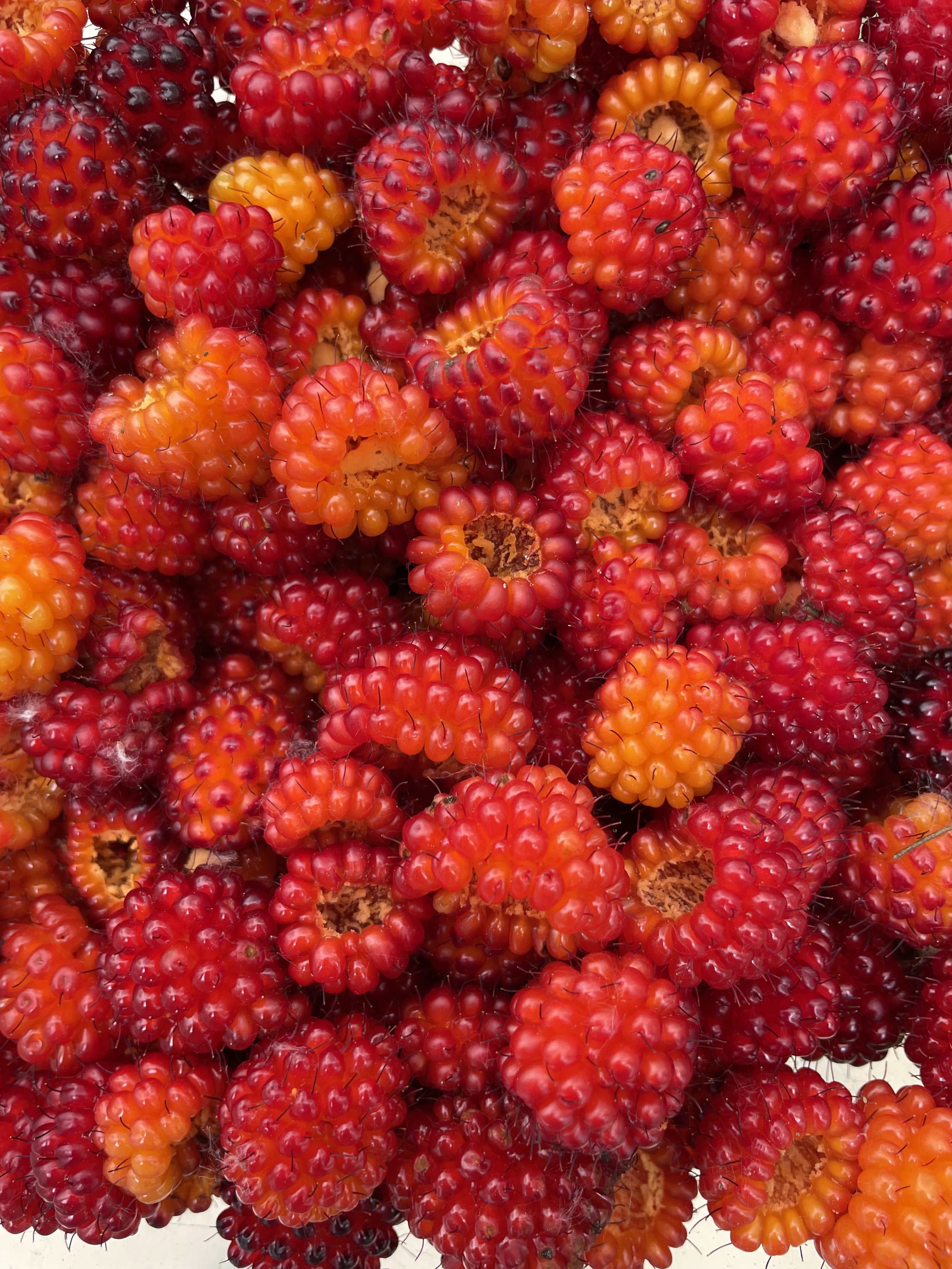
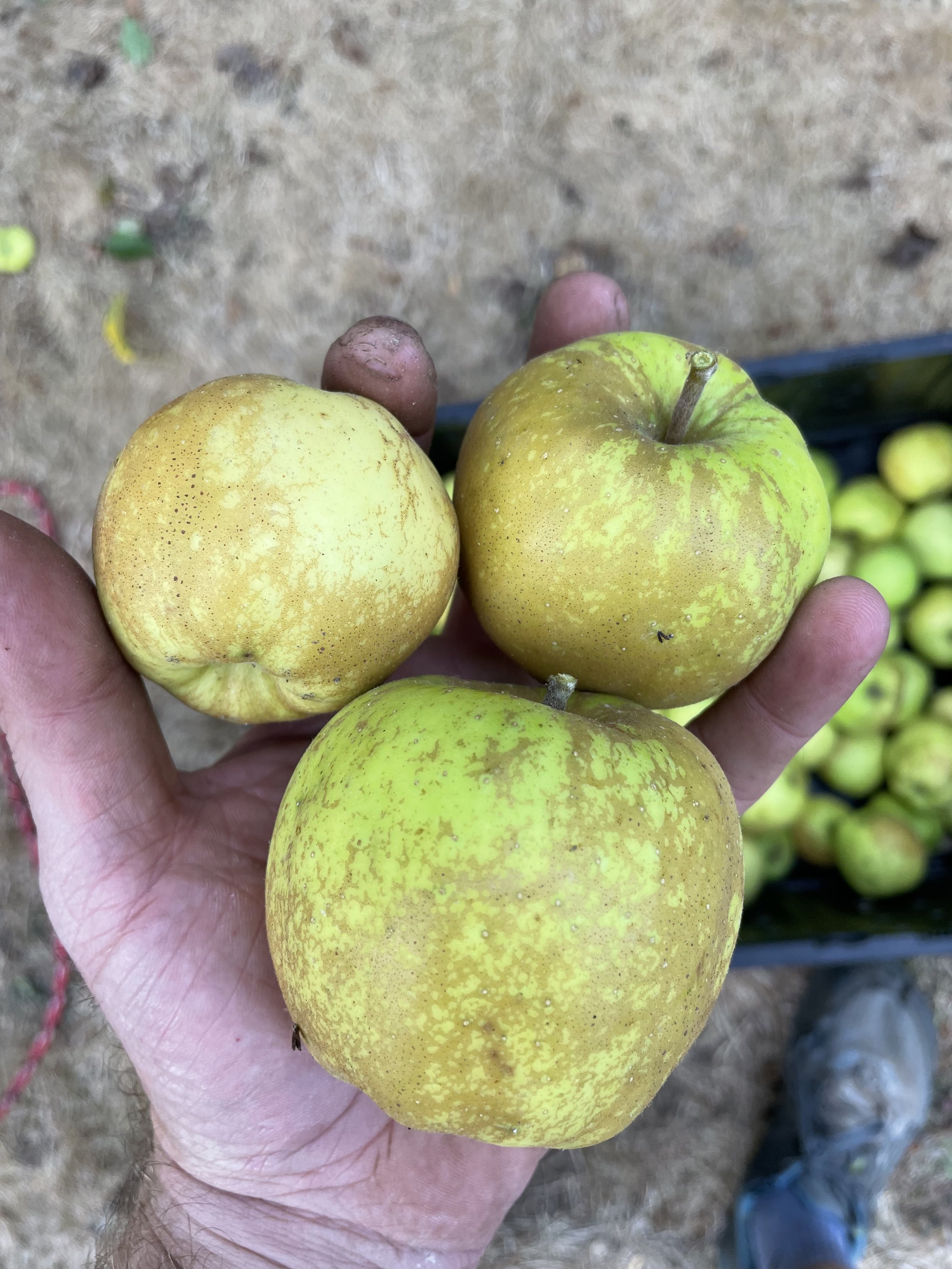
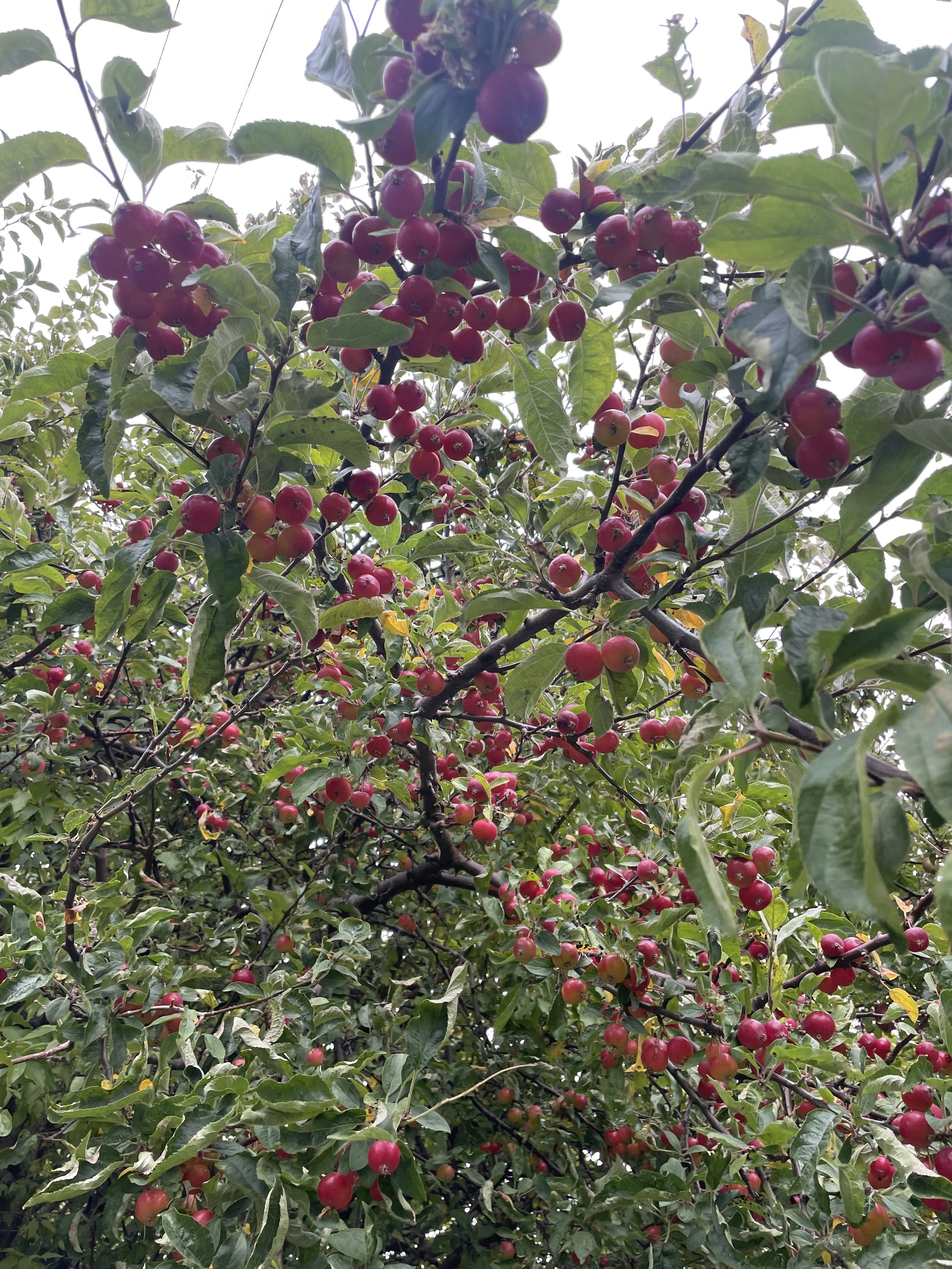
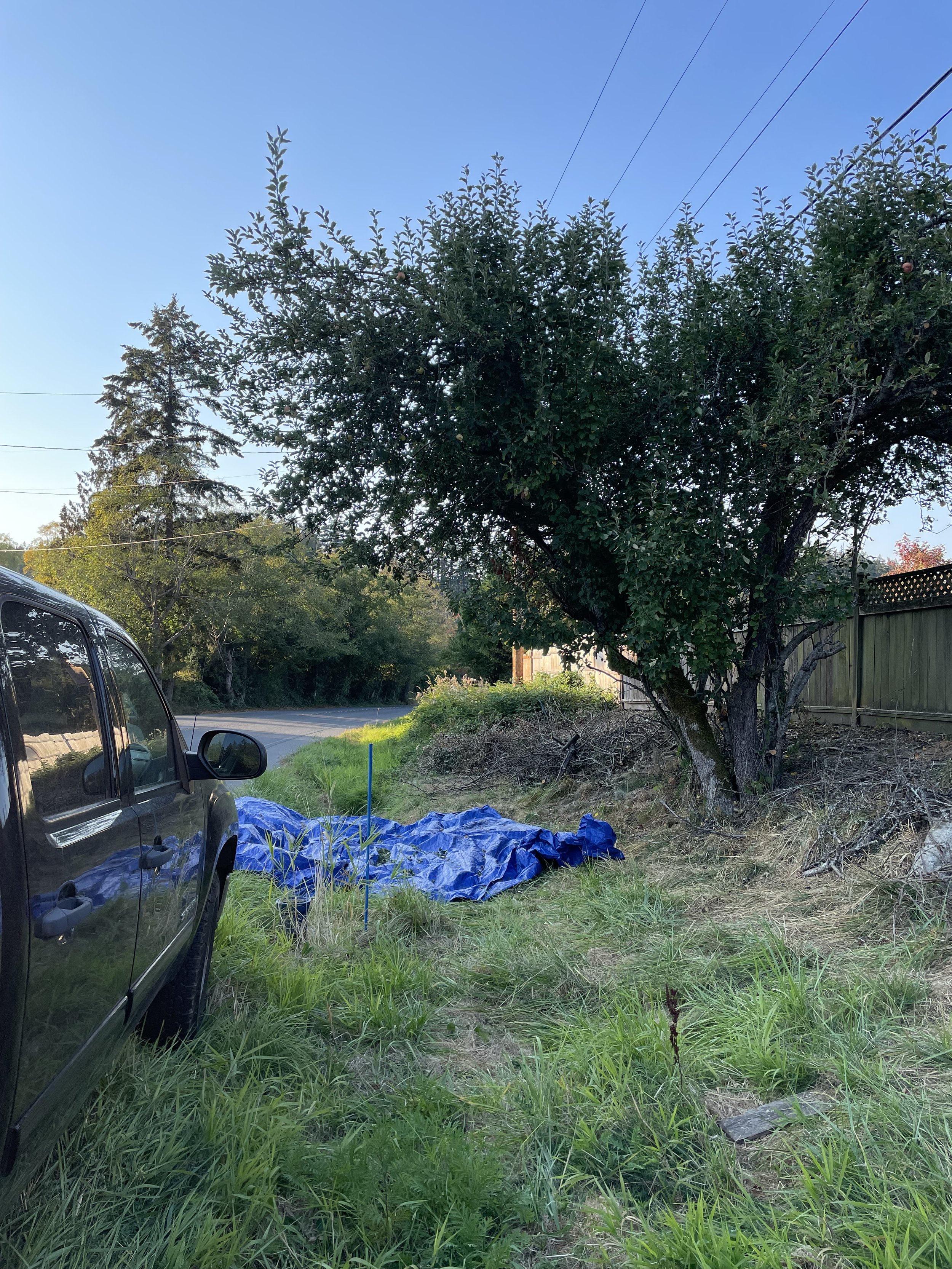
Cider & Perry
Judging & Evaluation
(Left) -2022 Bellewood Ciderfest in Bellingham, Washington
(Above)- 2023 NW Cider Cup in Portland, Oregon
MALUS FUSCA + WILD APPLES
Our native apple Malus fusca has many names: Pacific, Swamp or Western Crabapple, even the largest fruit are the size of a fingernail. They contain loads of sugar and even more acid. They can be difficult to harvest due to the tree’s lanky growth and the birds eagerness to pick them off before they are ripe. They are great additions to cider and excellent wildlife plants that can grow in fully inundated soils as well as high and dry exposed sites.
The desire for wild fruit is growing. It offers us information on how to manage our orchards more naturally with less resources and intervention. Wild fruit comes from wild trees which experience our full environmental conditions without the luxury of irrigation in the summer, drained fields in the winter, shade nets on the hot days and pest management strategies when there’s an infestation. this exposure to the elements is how nature conducts research and the strong and resilient trees overcome the elements to create unique fruit. Collecting the seeds from this fruit can create more resilient, environmentally adapted trees in the future. Using regionally adapted species can limit the resources needed to produce these locally made products and can lessen the need for intensive and possibly detrimental land management methods.



